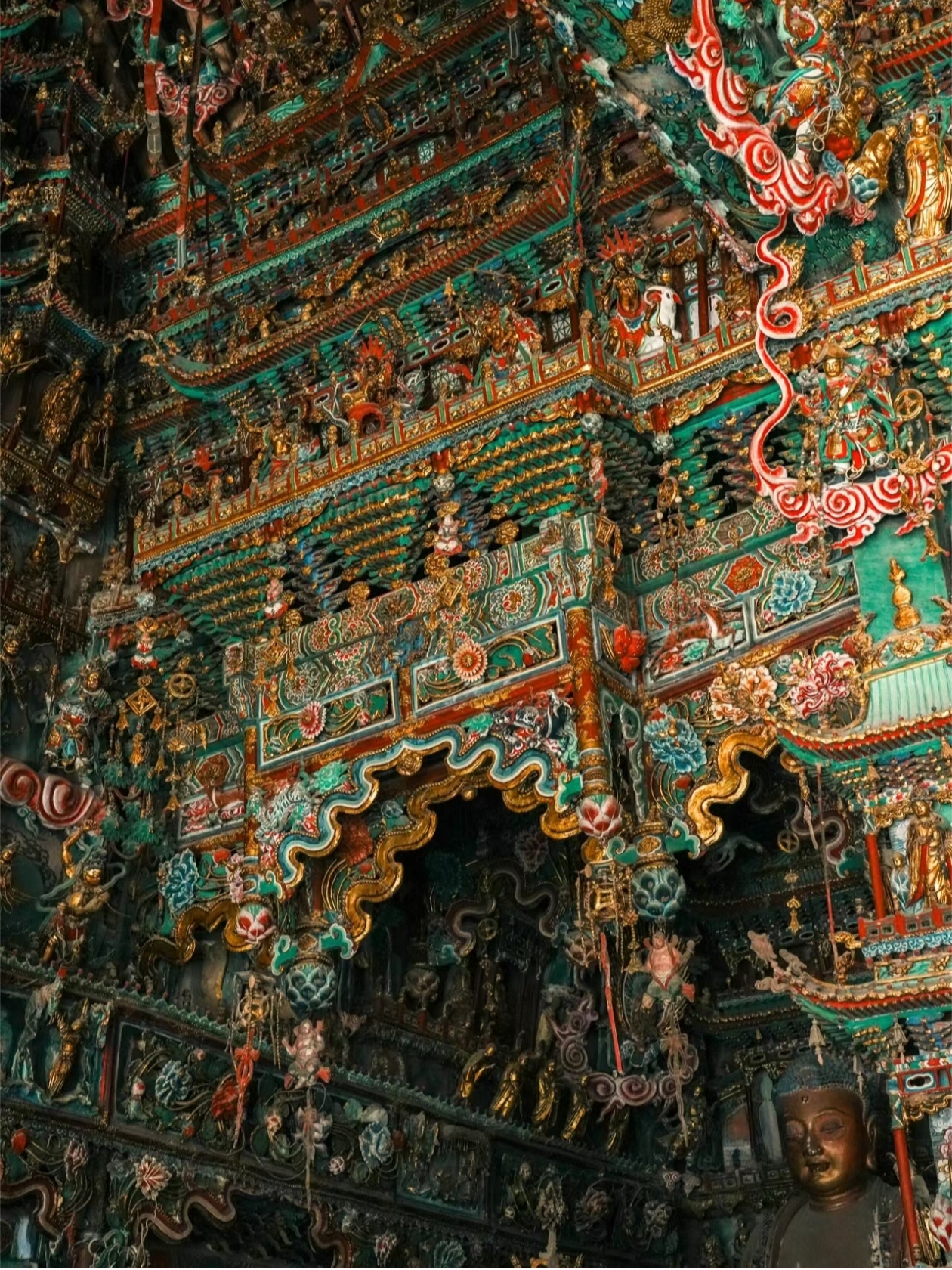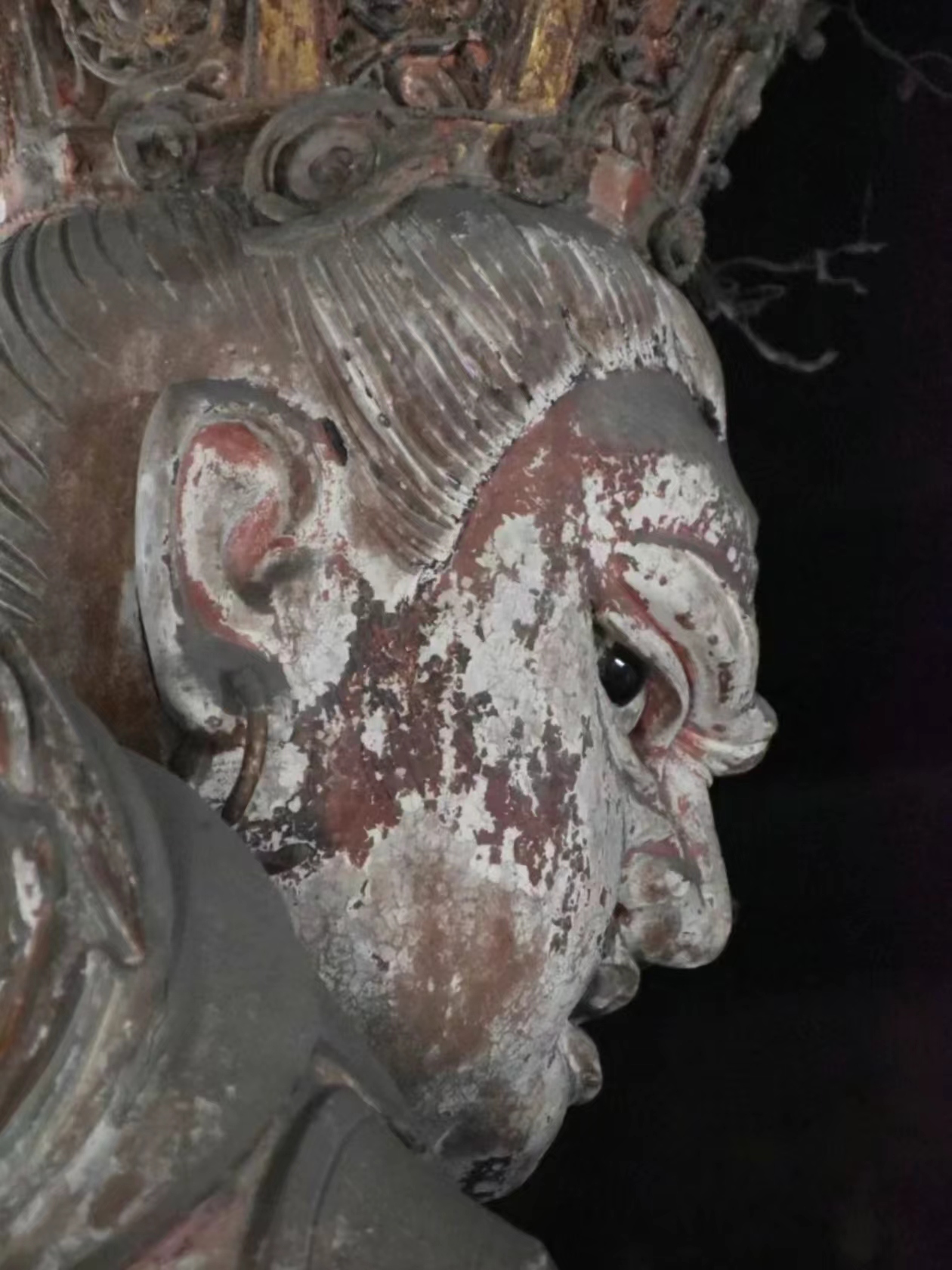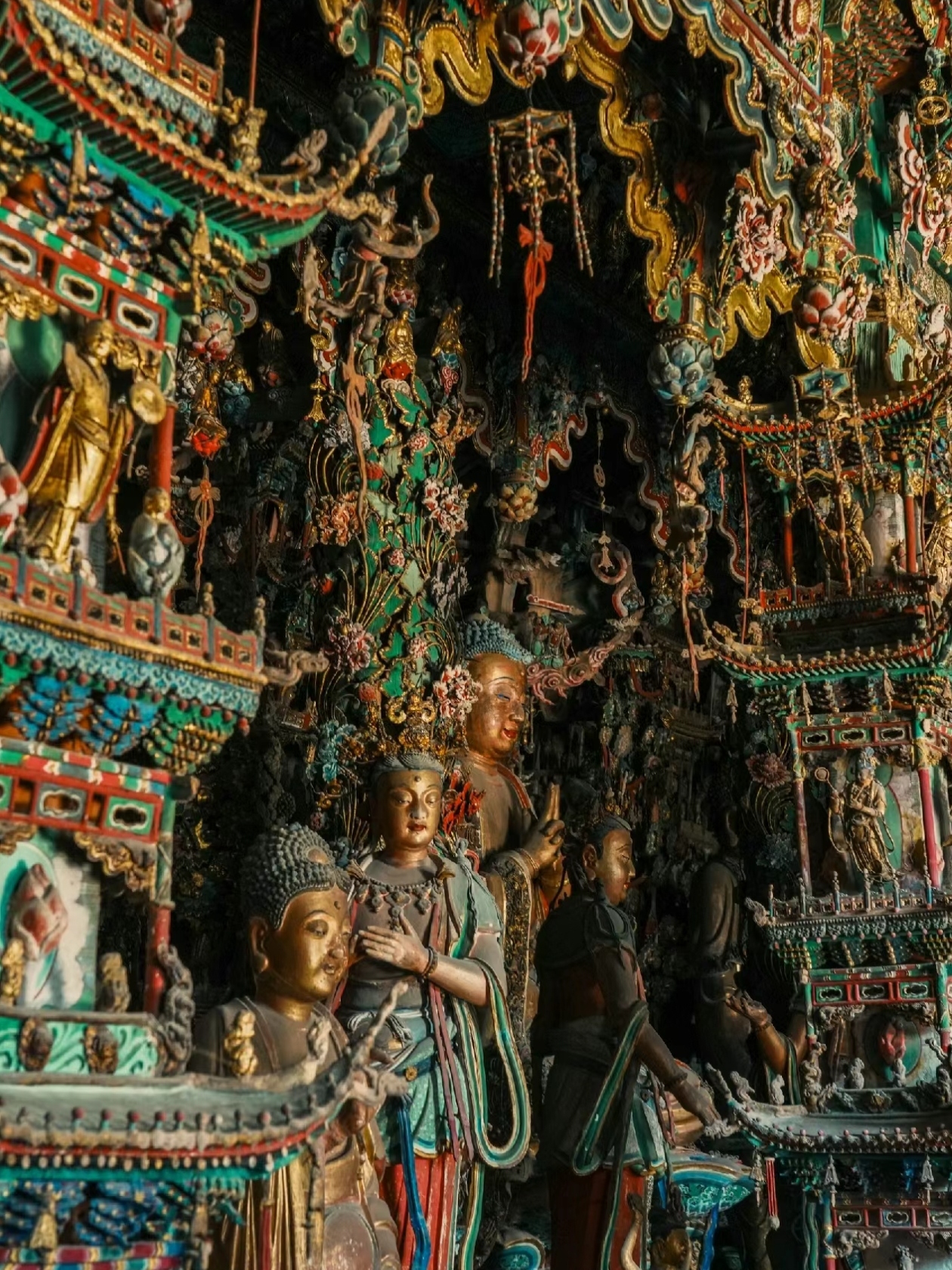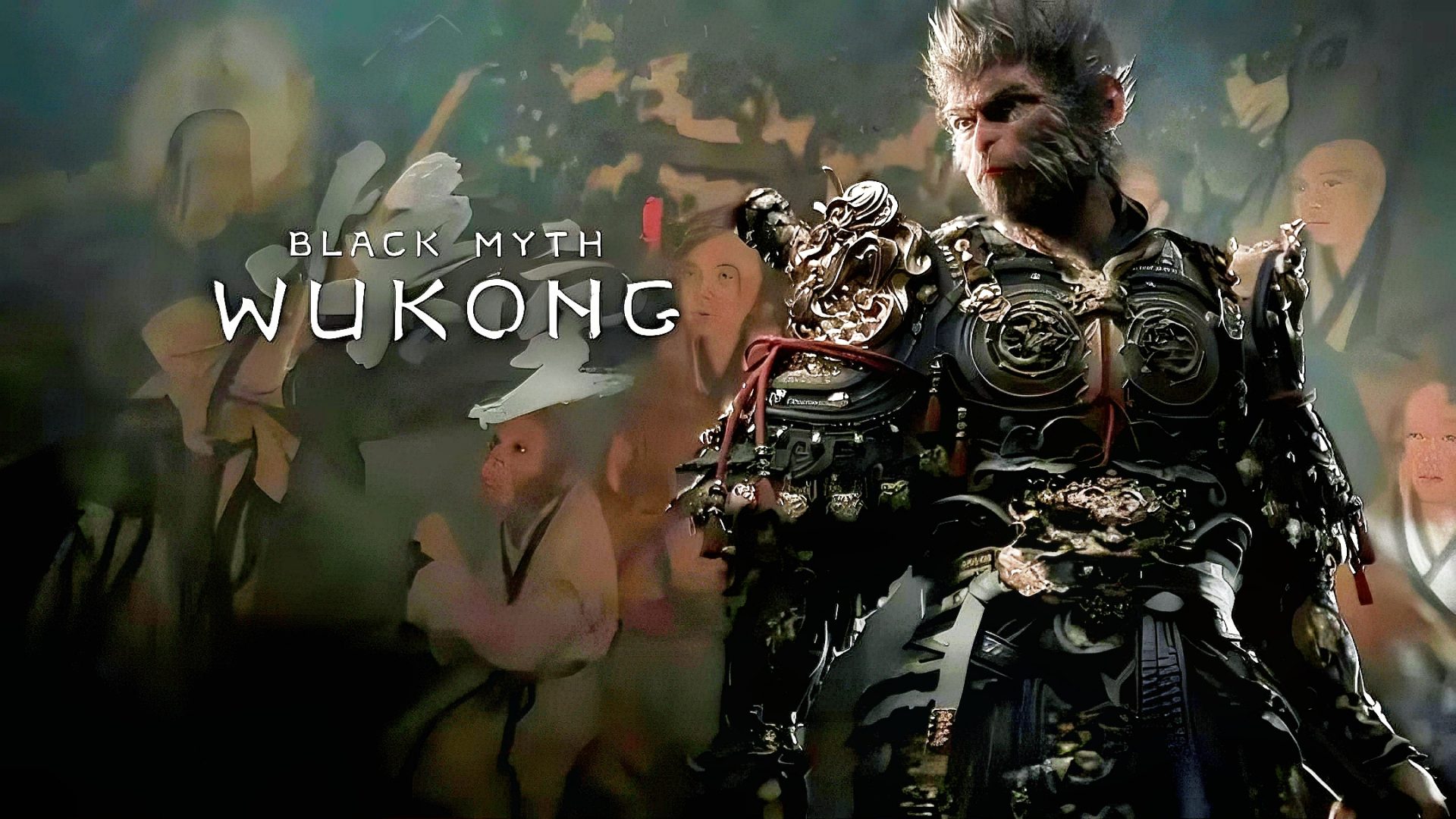
In the realm of video games, few titles have captured the essence of Chinese mythology and culture quite like Black Myth: Wukong. This game, inspired by the timeless classic Journey to the West, invites players on a breathtaking adventure through a fantastical version of China, where the legendary Monkey King, Wukong, embarks on an epic quest. However, beyond the screen lies a real-world journey that mirrors Wukong’s adventures, offering travellers a chance to explore the rich tapestry of Chinese heritage and breathtaking landscapes. Join us as we traverse the enchanting locales featured in Black Myth: Wukong, revealing the stories and sights that inspired this masterful creation.
Where Legends Come to Life
Our journey begins in the heart of Shanxi Province, a region steeped in history and ancient architecture. The majestic Yuhuang Temple in Jincheng stands as a testament to the artistry of bygone eras. With its intricate carvings and serene atmosphere, it’s easy to imagine Wukong wandering its hallowed halls, seeking wisdom and enlightenment. Just a stone’s throw away lies Xixian’s Xiaoxitian, an essential backdrop in the game that has become a pilgrimage site for fans.
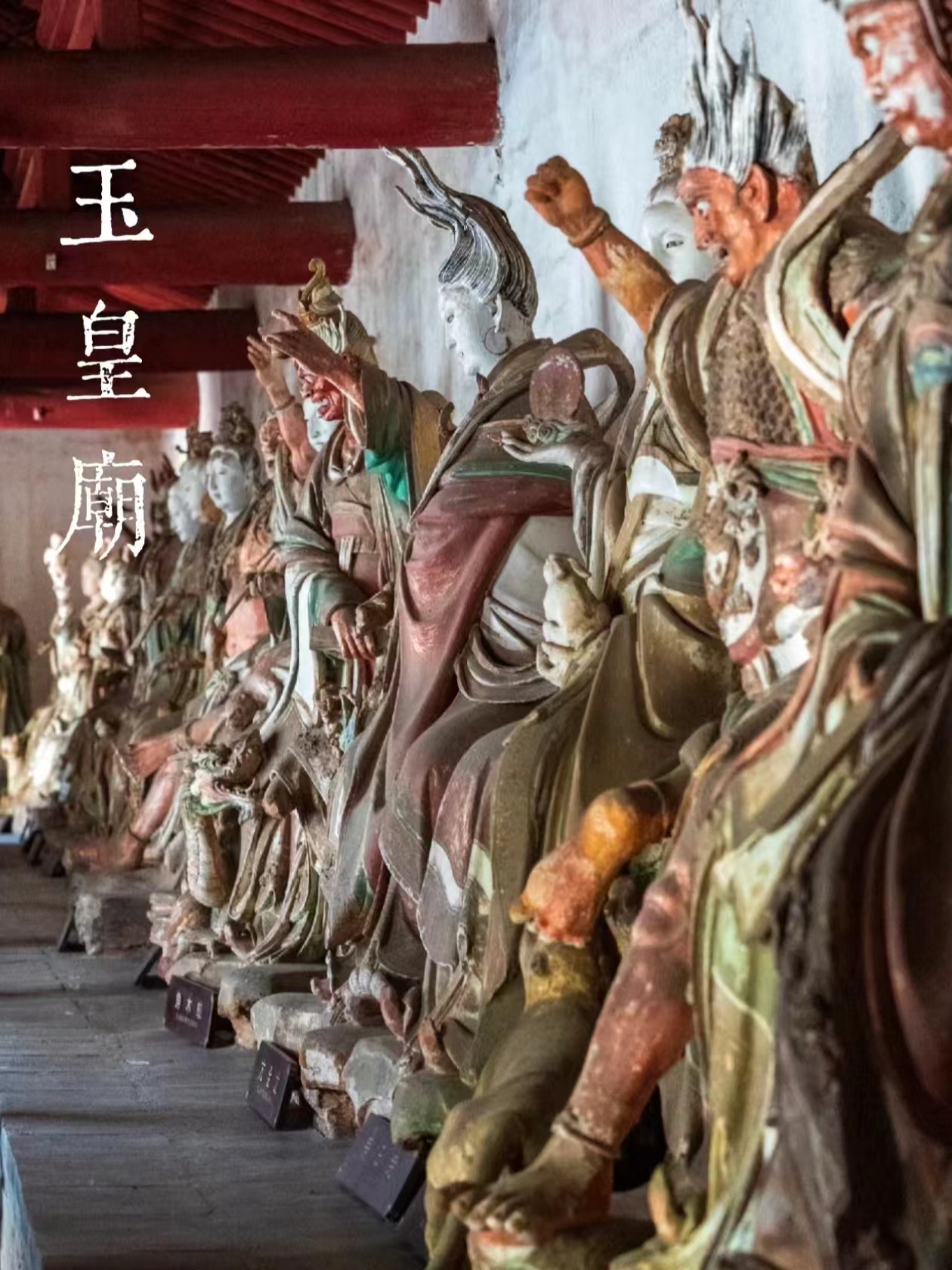
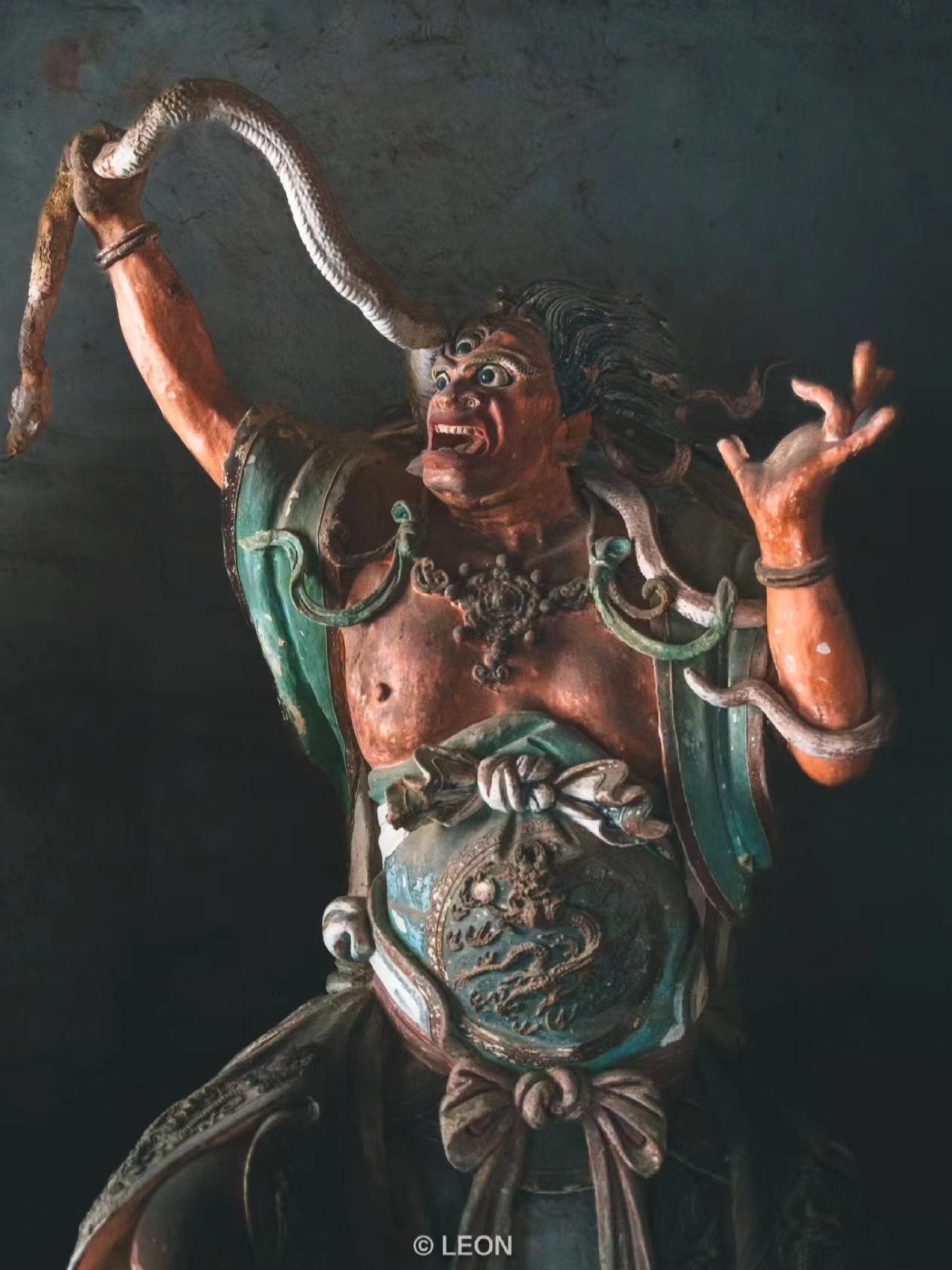
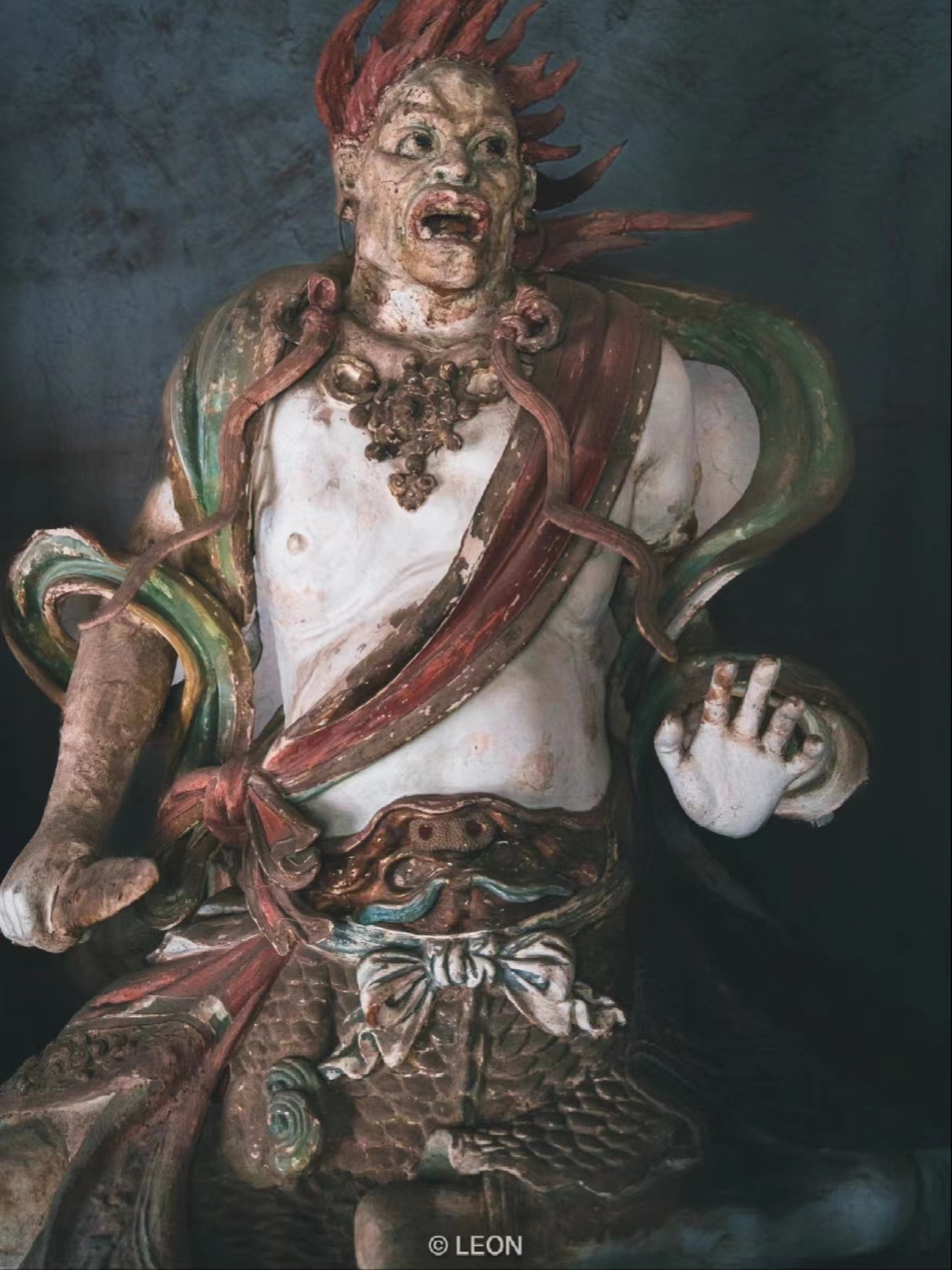

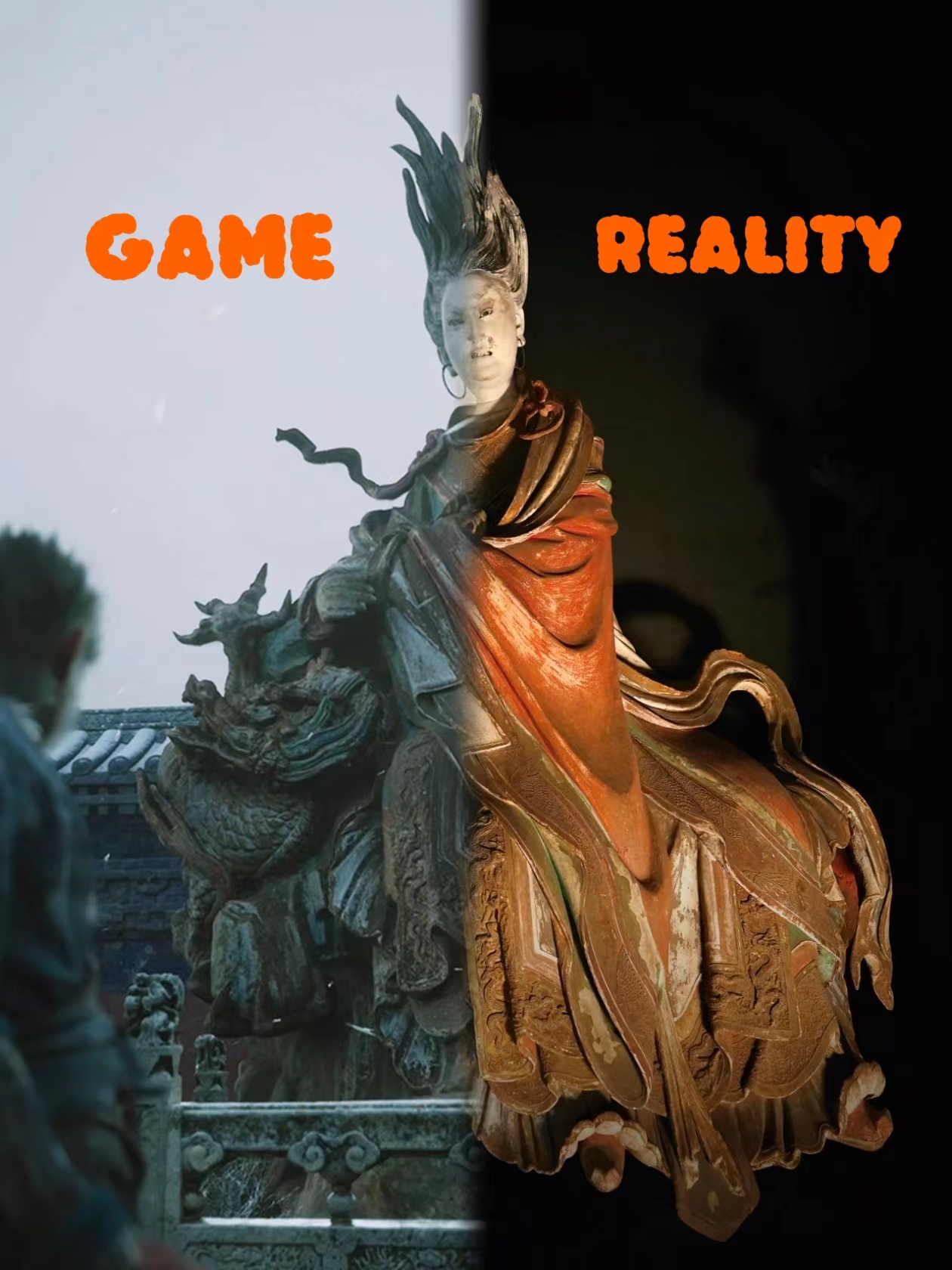 Xiaohongshu @山西省文化和旅游厅@某肆儿@LEON
Xiaohongshu @山西省文化和旅游厅@某肆儿@LEON
Xiaohongshu @蓝精灵@AsherBlc
Next, we venture to Chongfu Temple in Shuozhou, where the ancient architectural style is faithfully reflected in the game. Here, the air is thick with the scent of incense, and the echoes of chants seem to transcend time. The Foguang Temple in Xinzhou, another stunning location featured in the game, showcases the unique charm of Shanxi’s ancient structures, inviting visitors to delve into the region’s spiritual heritage.
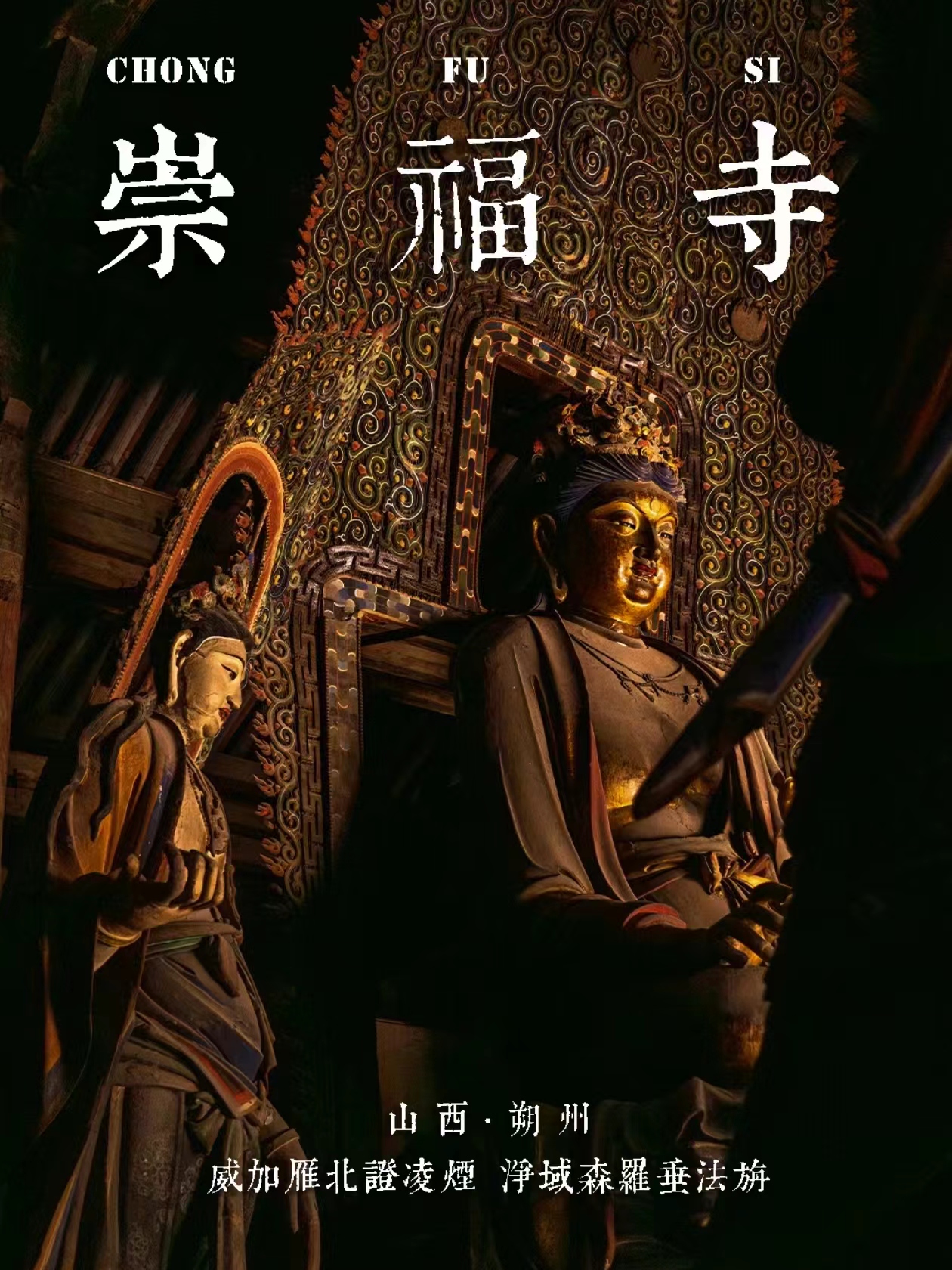
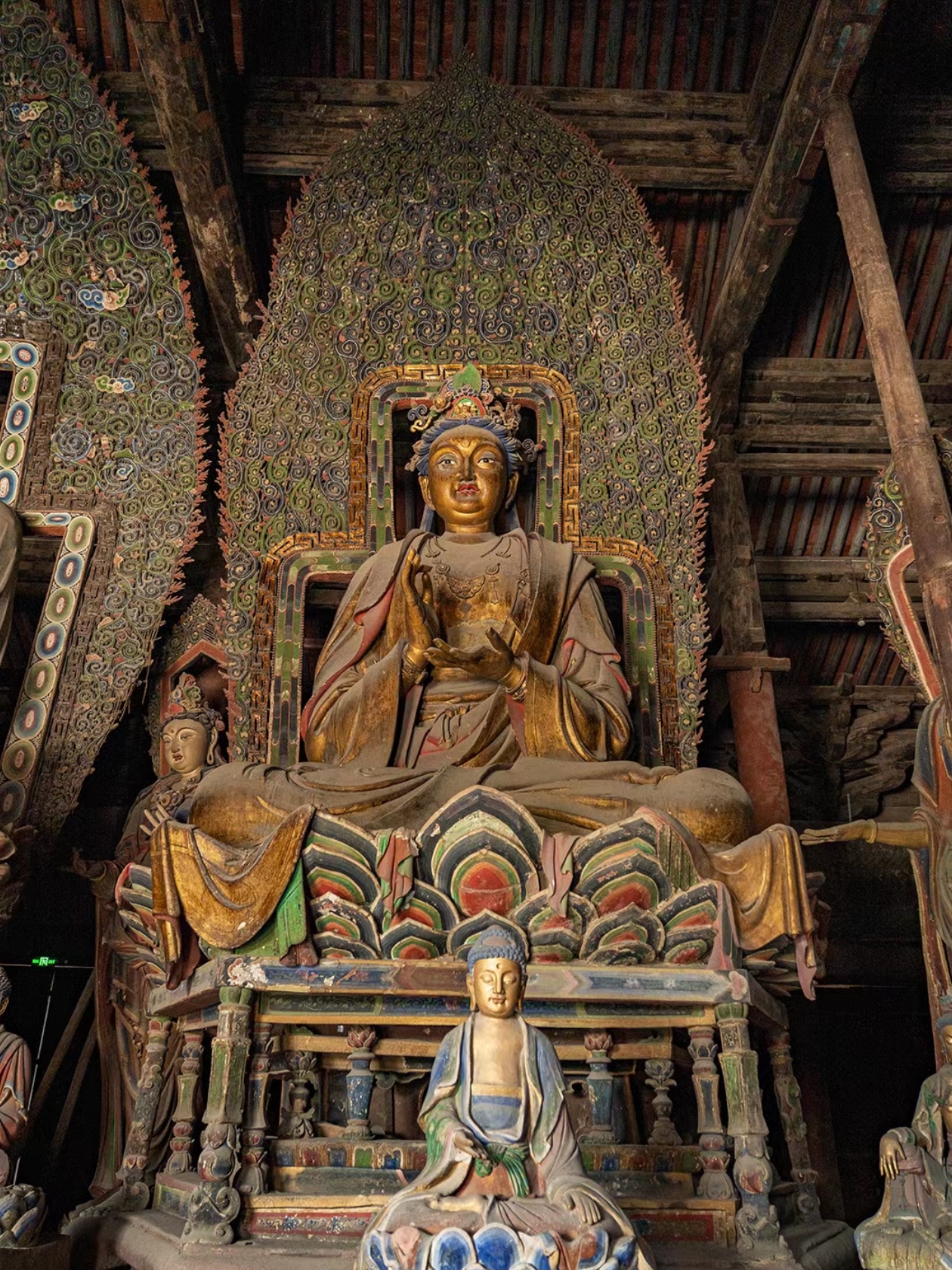
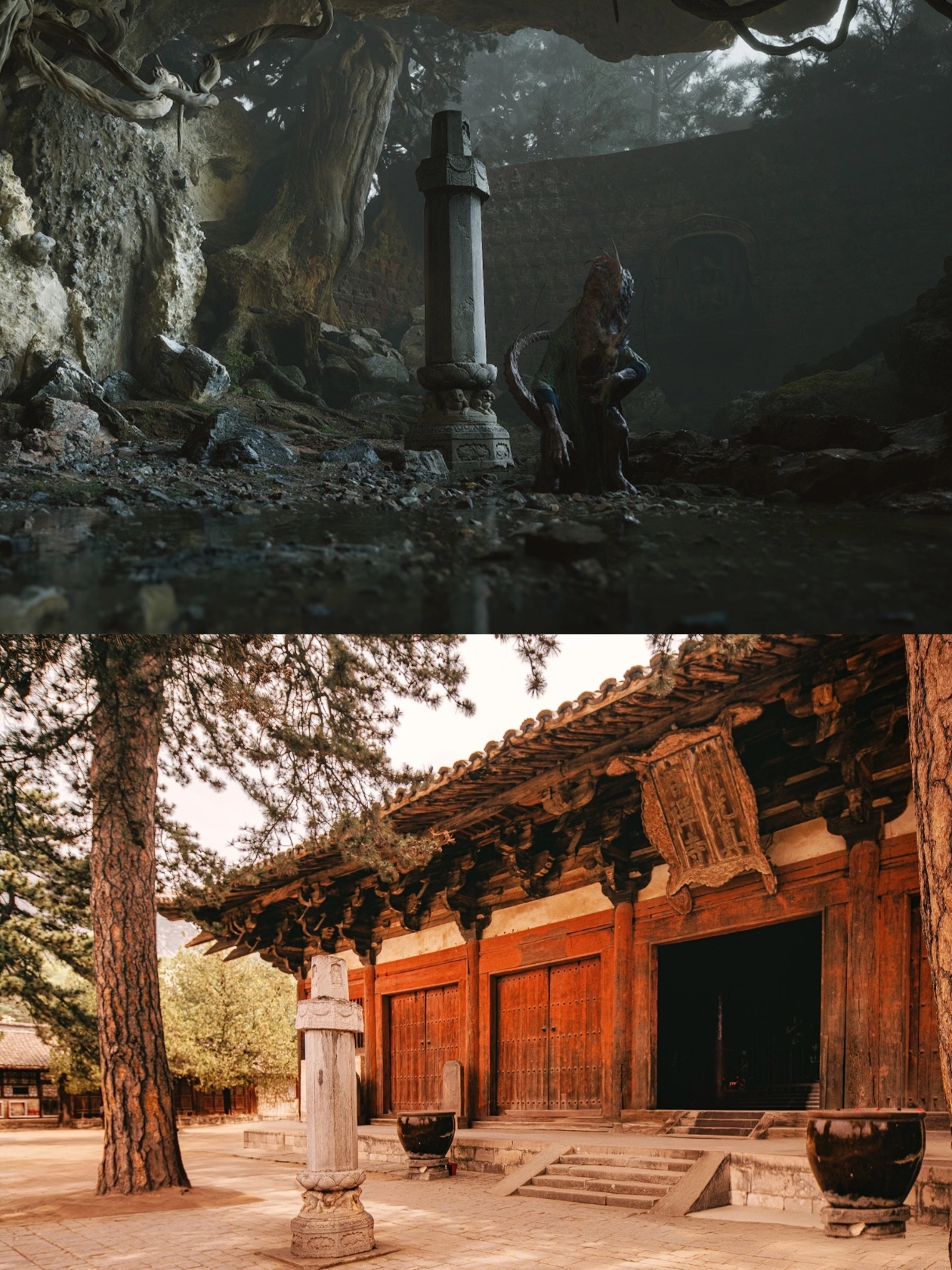
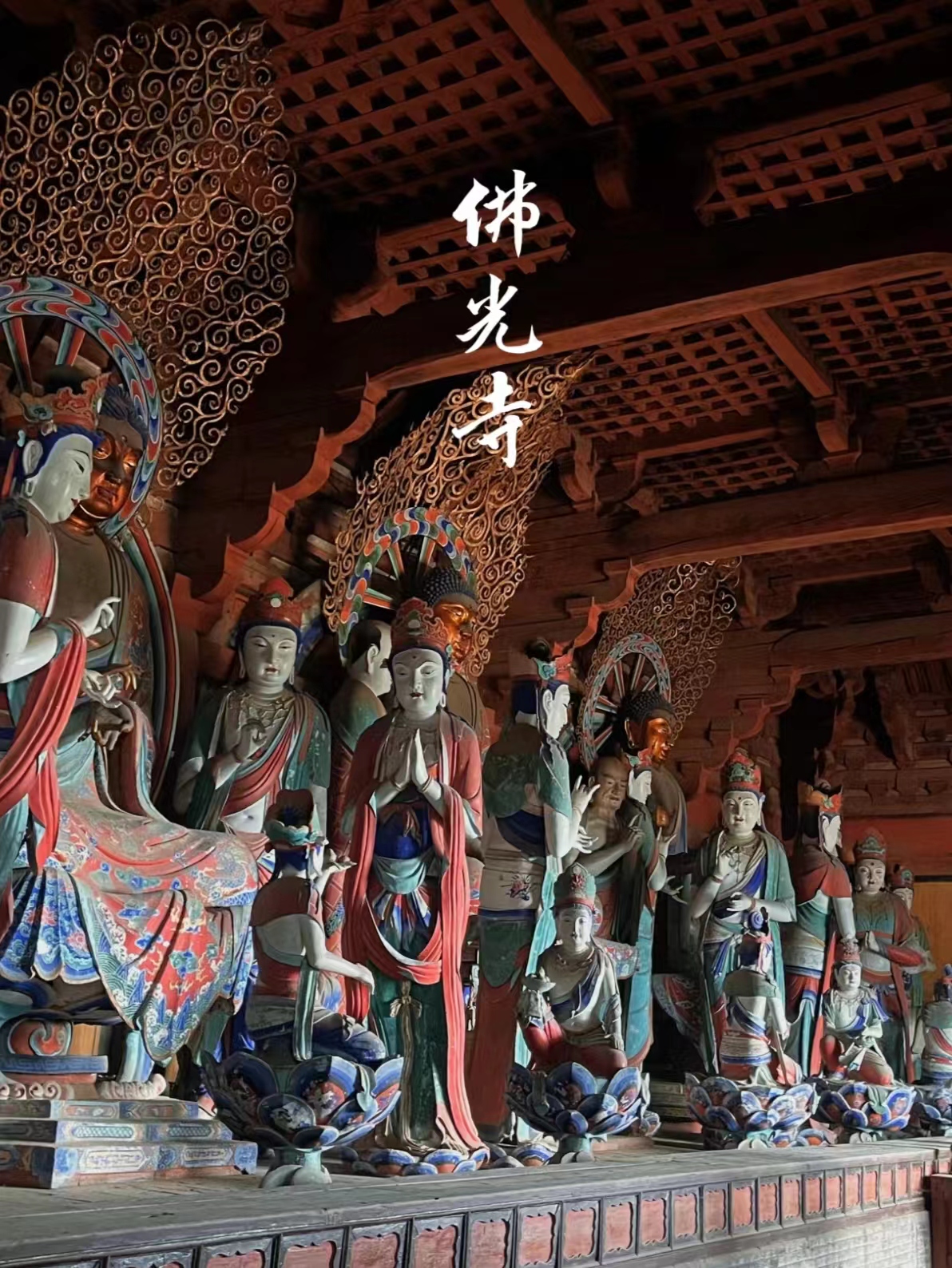 Xiaohongshu @Henna娜娜@ATM.24@宣和子
Xiaohongshu @Henna娜娜@ATM.24@宣和子
Sculptural Masterpieces
As we journey south to Chongqing, we encounter the awe-inspiring Dazu Rock Carvings, a UNESCO World Heritage site that has captivated the hearts of many. The intricately carved statues of the Thousand-Handed Avalokiteshvara and the Western Pure Land on Baoding Mountain are not only pivotal in the game, but also serve as a breathtaking reminder of the artistry of ancient Chinese craftsmen. Here, the interplay of light and shadow on the stone faces creates an ethereal atmosphere, making it a must-visit for those seeking both beauty and spiritual solace.
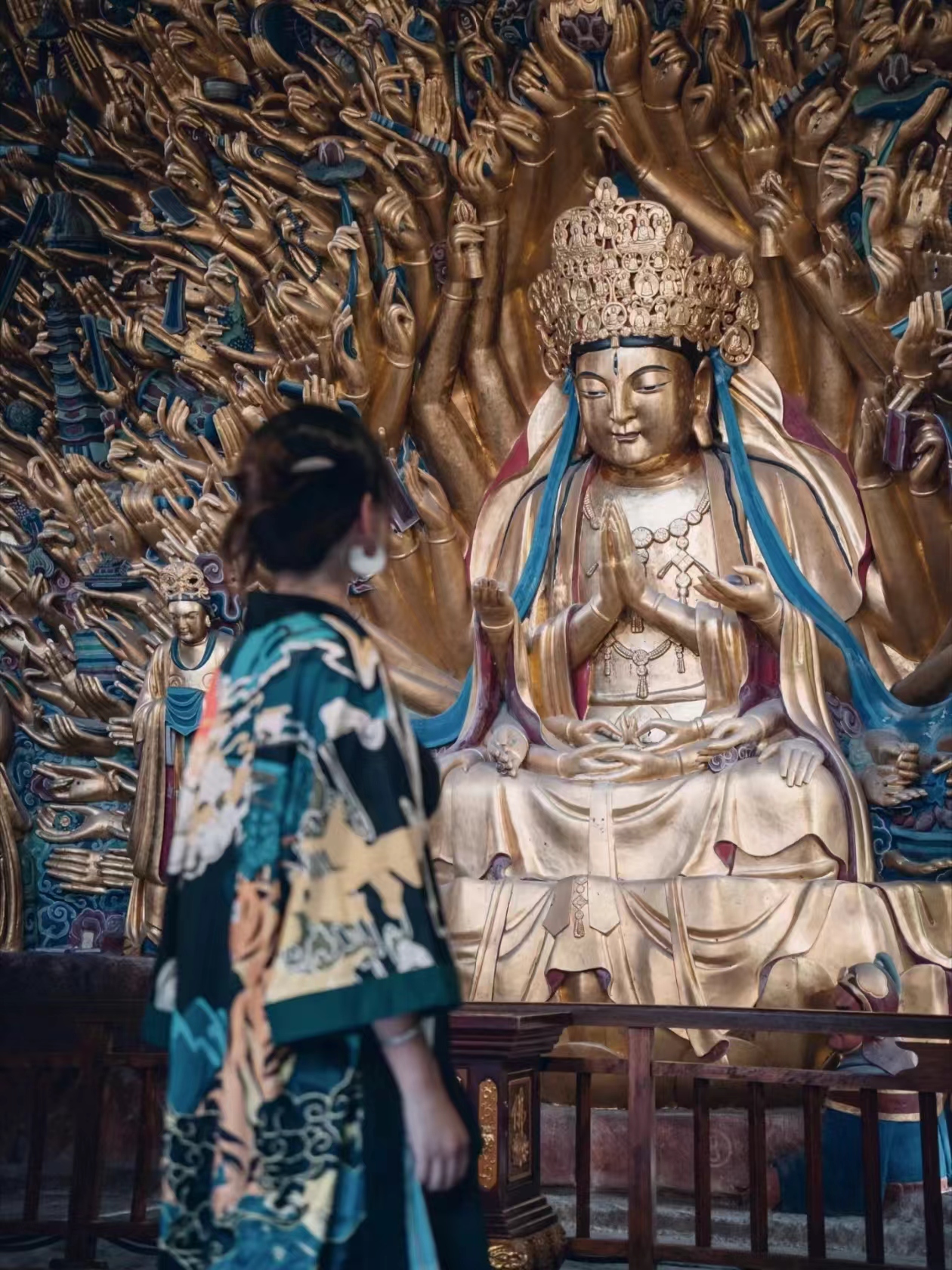

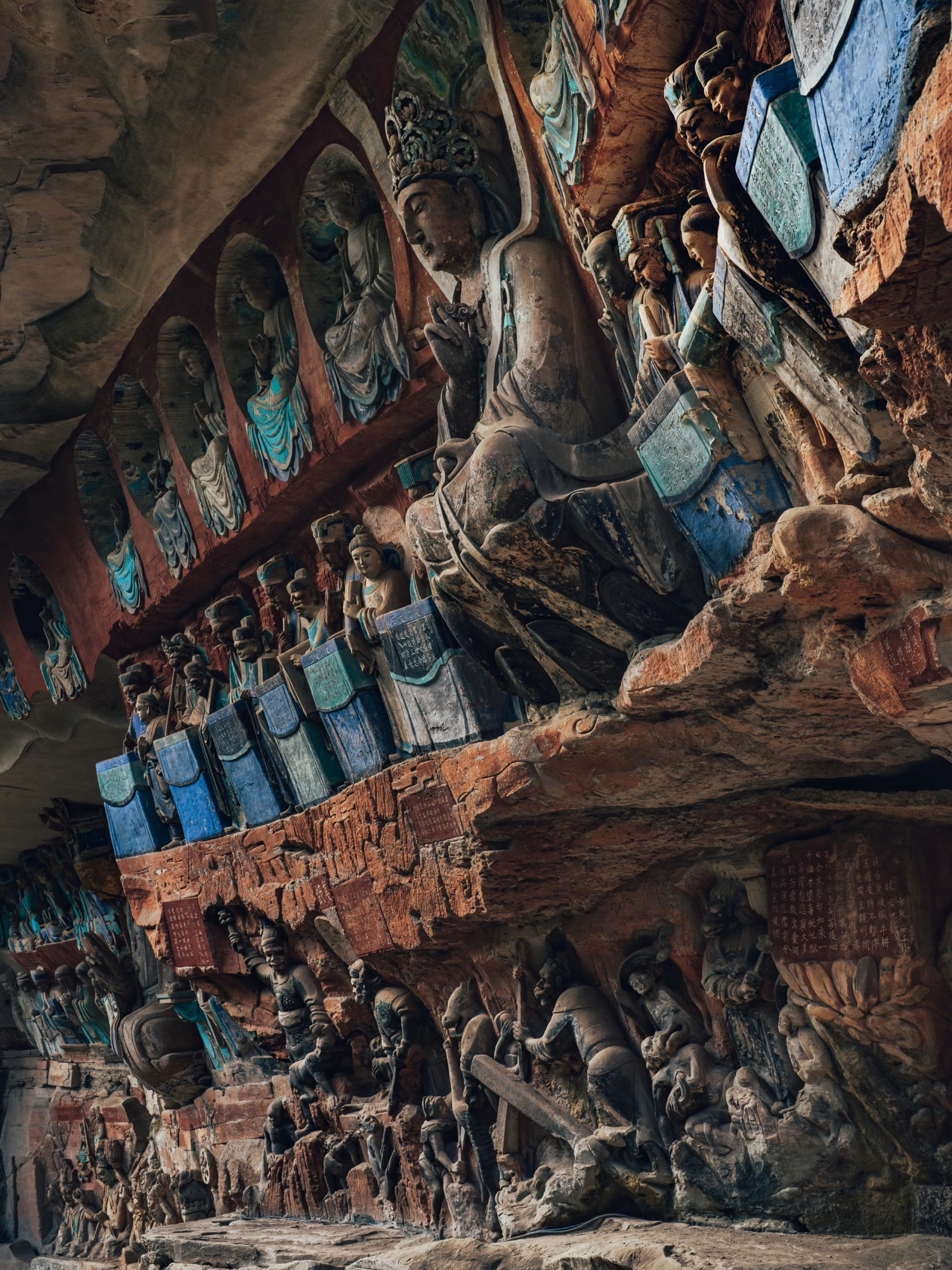 Xiaohongshu @罗嘎嘎GAGA@DenJay
Xiaohongshu @罗嘎嘎GAGA@DenJay
Serenity Among the Pines
Our next stop is the tranquil Lingyin Temple in Hangzhou, one of China’s most revered Buddhist sanctuaries. This sacred site plays a significant role in Black Myth: Wukong, providing a serene backdrop for Wukong’s spiritual journey. As you wander through the temple grounds, the sound of rustling leaves and distant chanting creates a meditative ambiance that invites reflection.
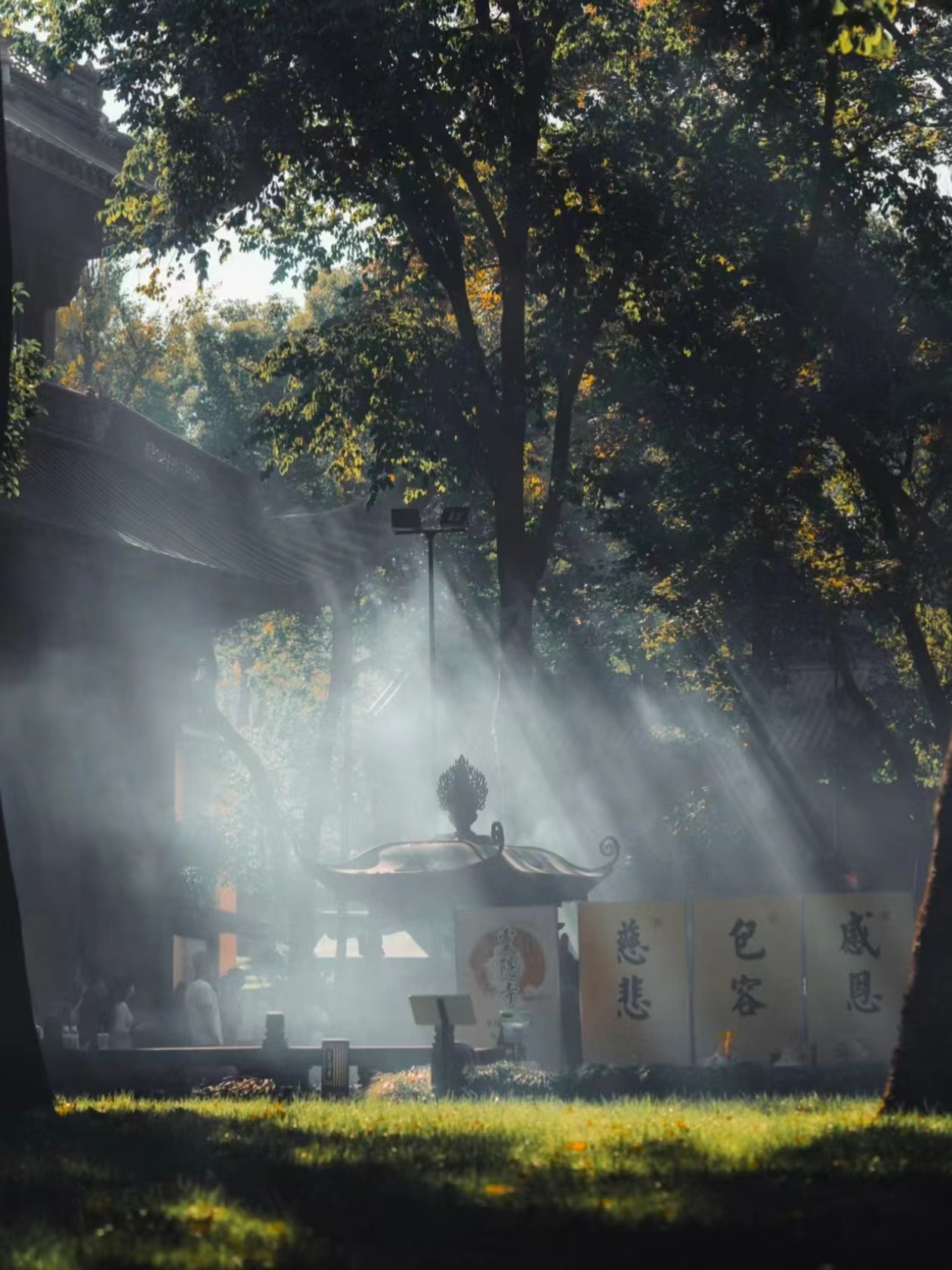
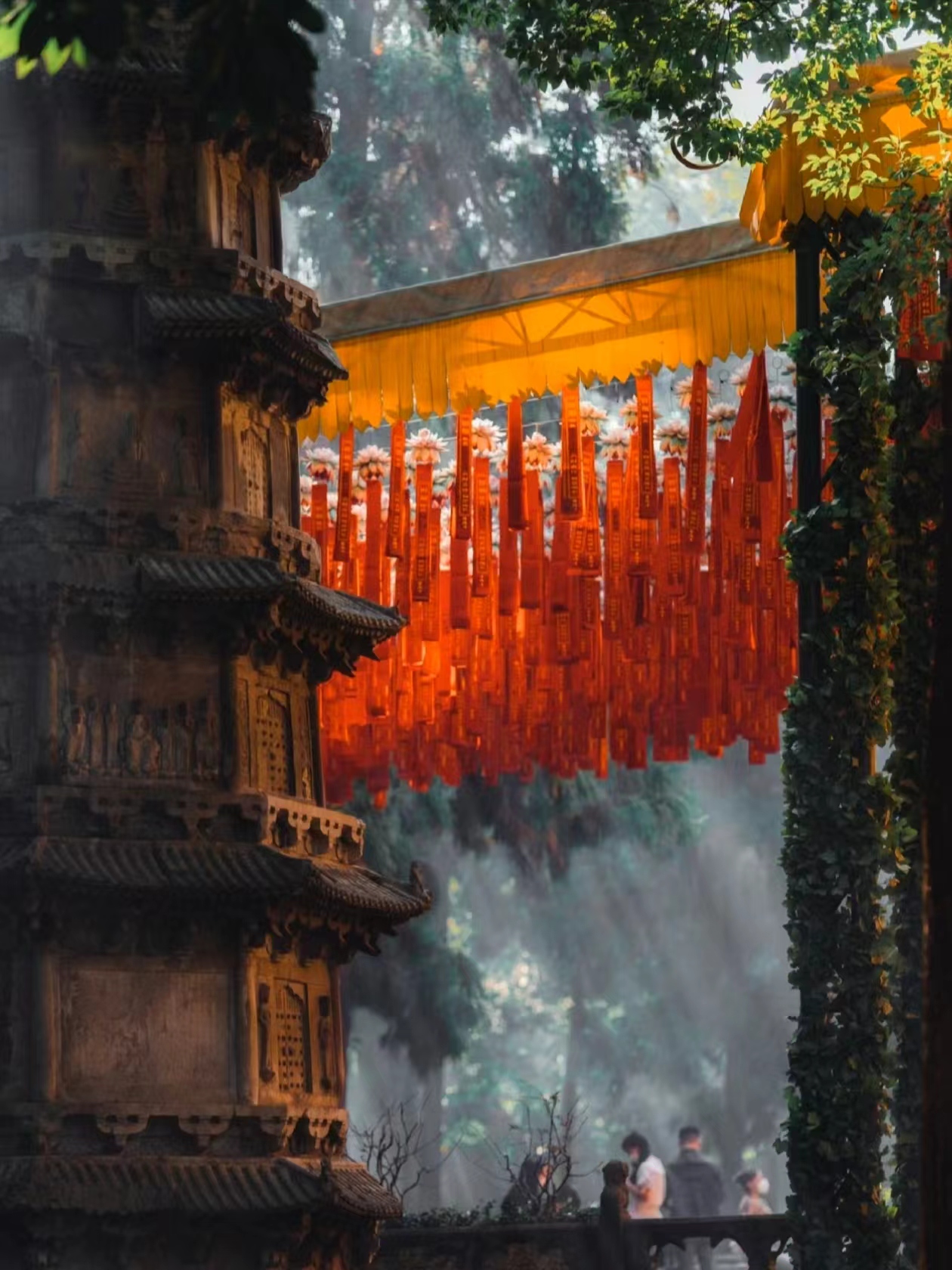
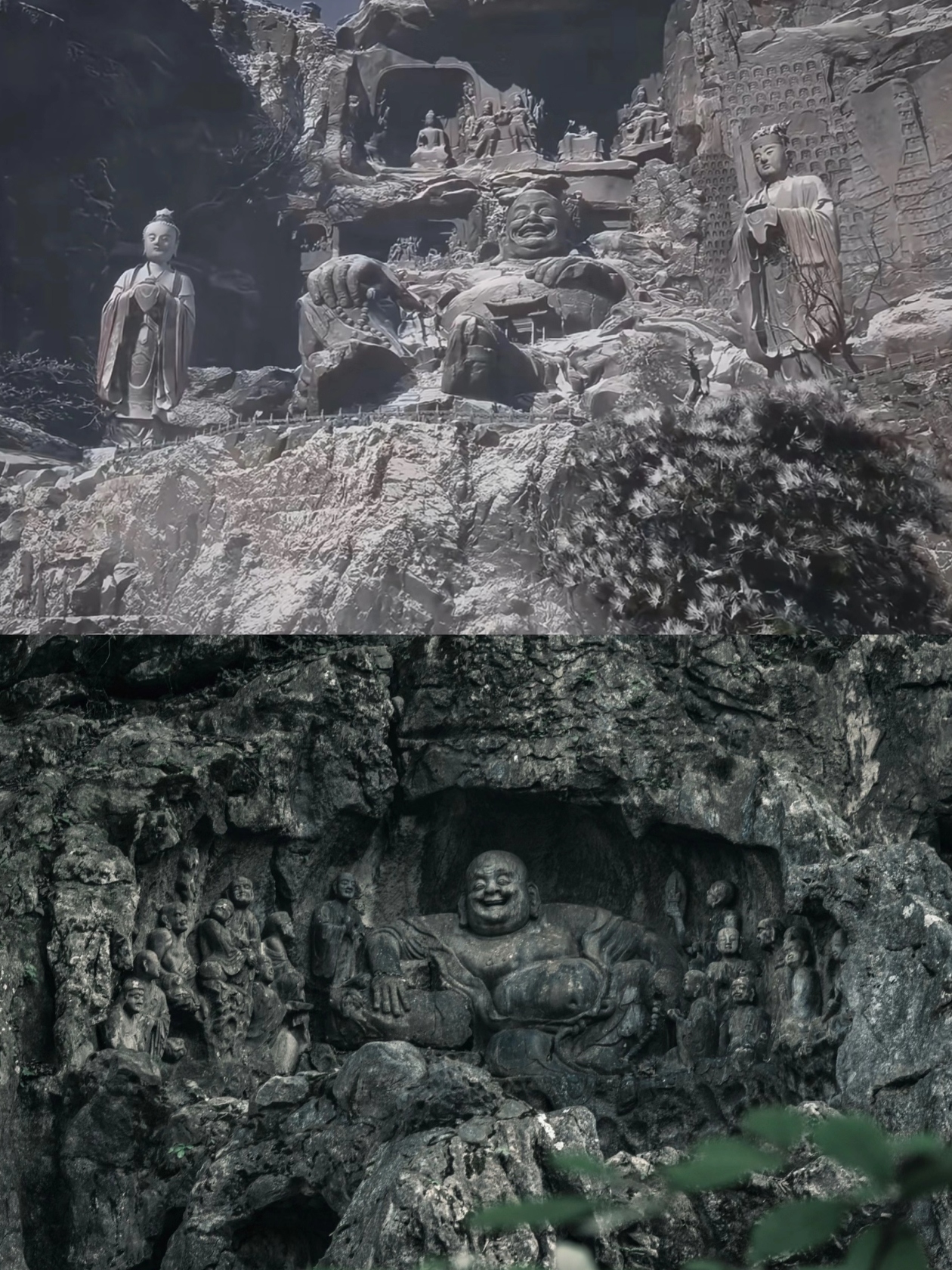 Xiaohongshu @摄影师宗聖@特立独行的猹
Xiaohongshu @摄影师宗聖@特立独行的猹
Nearby, the Longde Temple Pagoda in Jinhua stands tall, its ancient silhouette echoing the architectural elegance found in the game. This pagoda, with its rich history and stunning views, is a perfect spot to pause and contemplate the journey ahead.

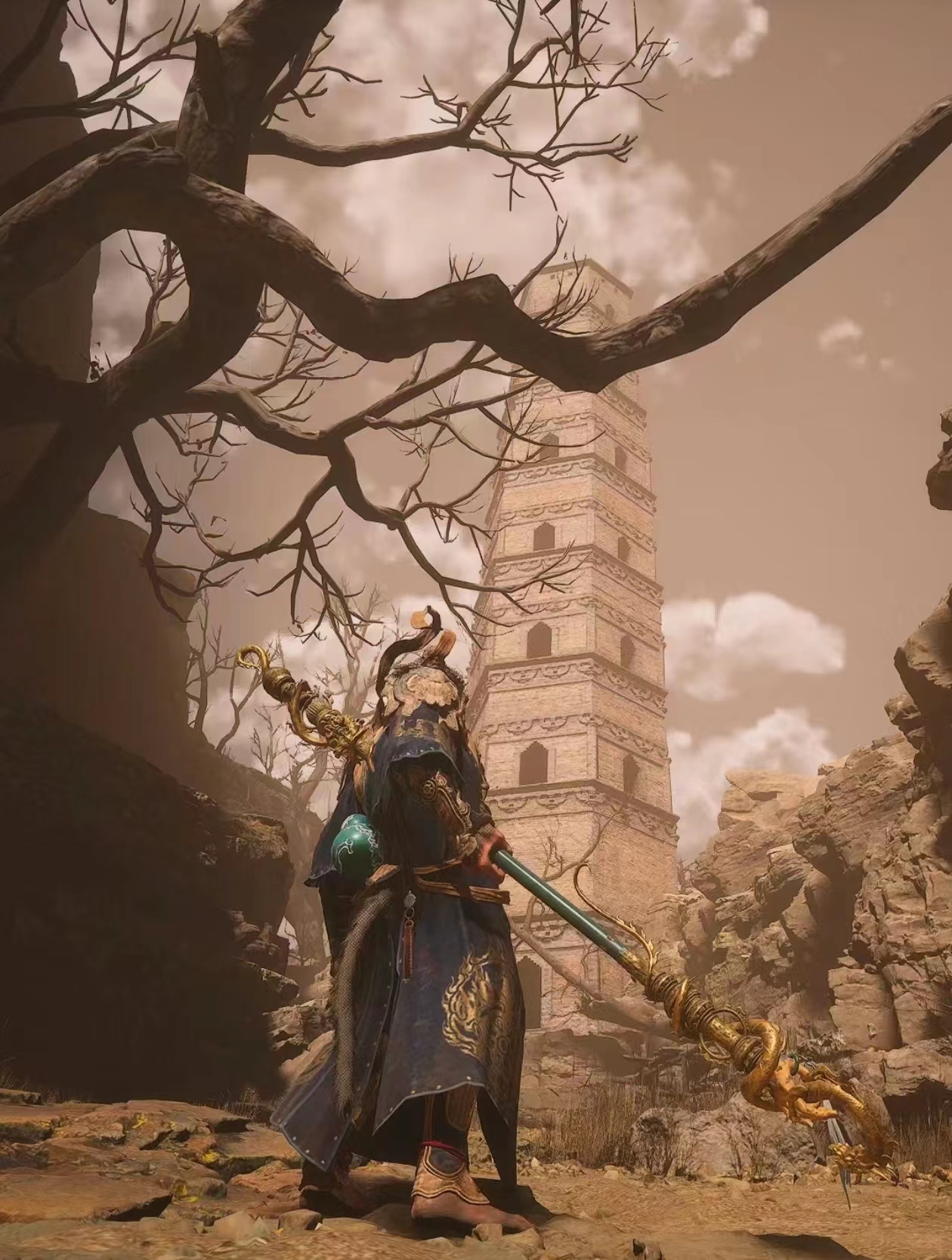
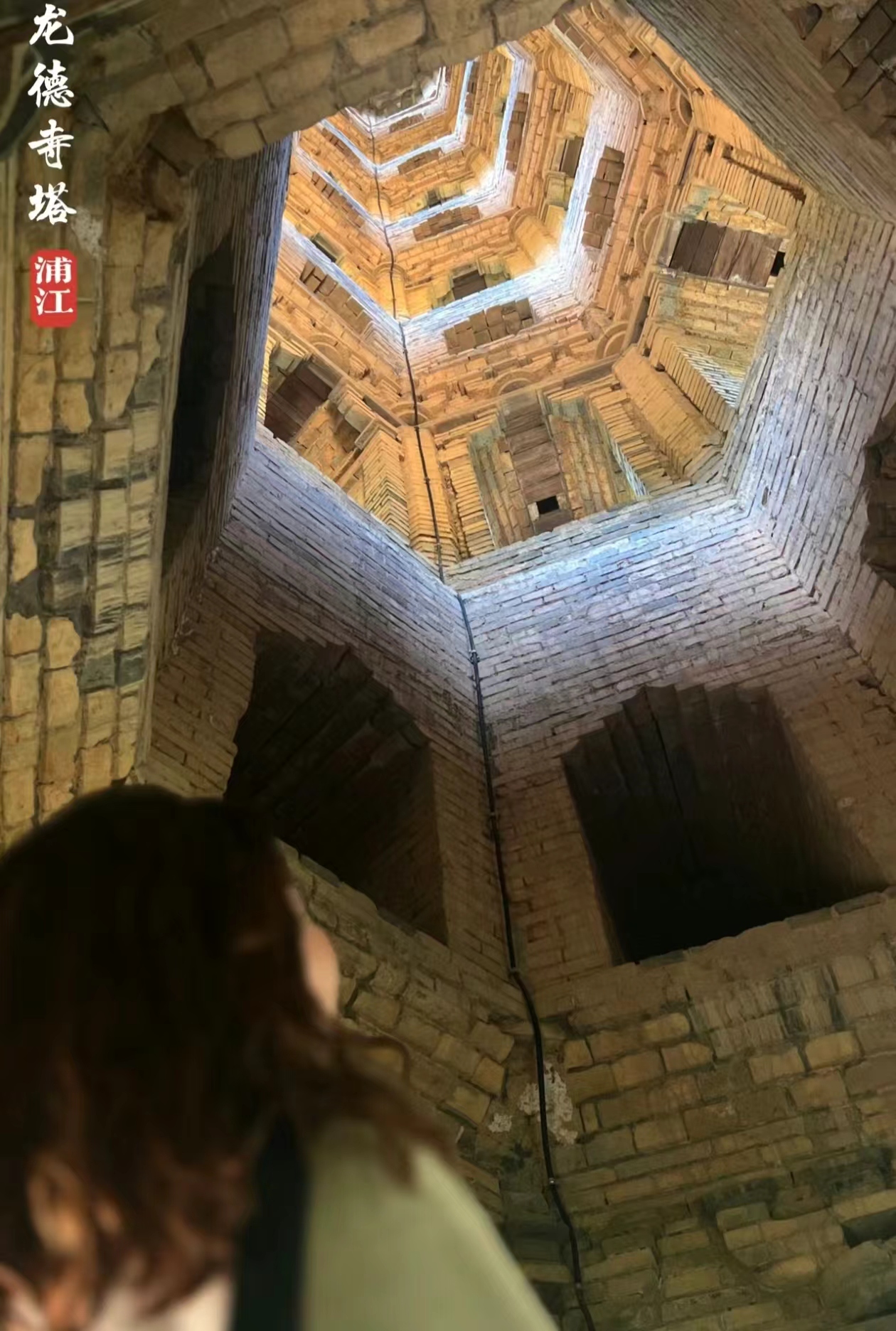 Xiaohongshu @摄影师宗聖@特立独行的猹
Xiaohongshu @摄影师宗聖@特立独行的猹
A Journey into the Past
In Shandong, the Lingyan Temple’s Tomb Forest beckons with its majestic presence. Featured prominently in the third chapter of the game, this site is a national key cultural relic. The ancient tombs and towering trees create a mystical atmosphere, reminiscent of the enchanted forests Wukong traverses in his adventures. As you explore this national scenic area, you’ll find yourself immersed in the stories of the past, each step echoing the footsteps of those who came before.
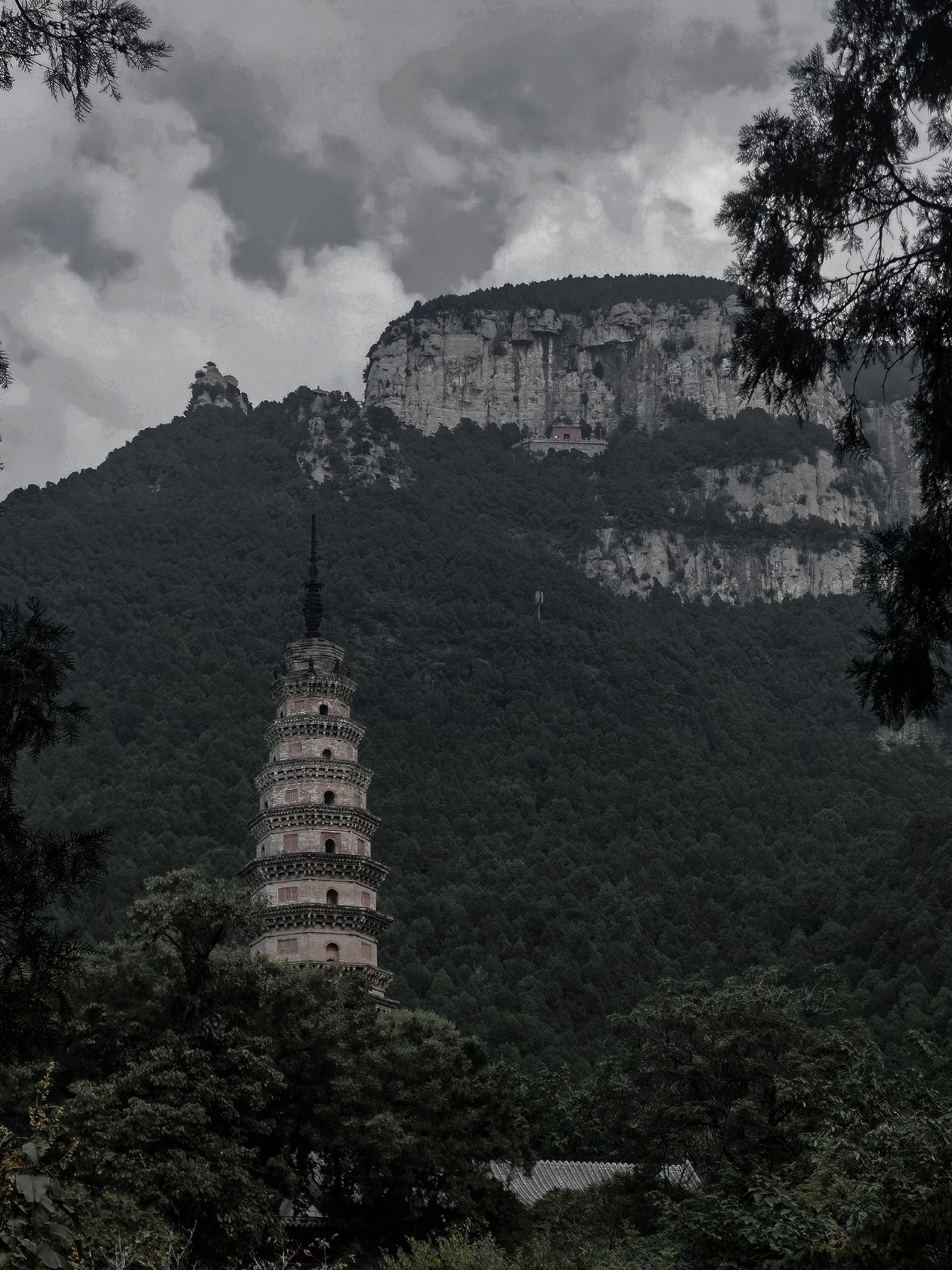 Xiaohongshu @星尘与你✨(备婚版
Xiaohongshu @星尘与你✨(备婚版
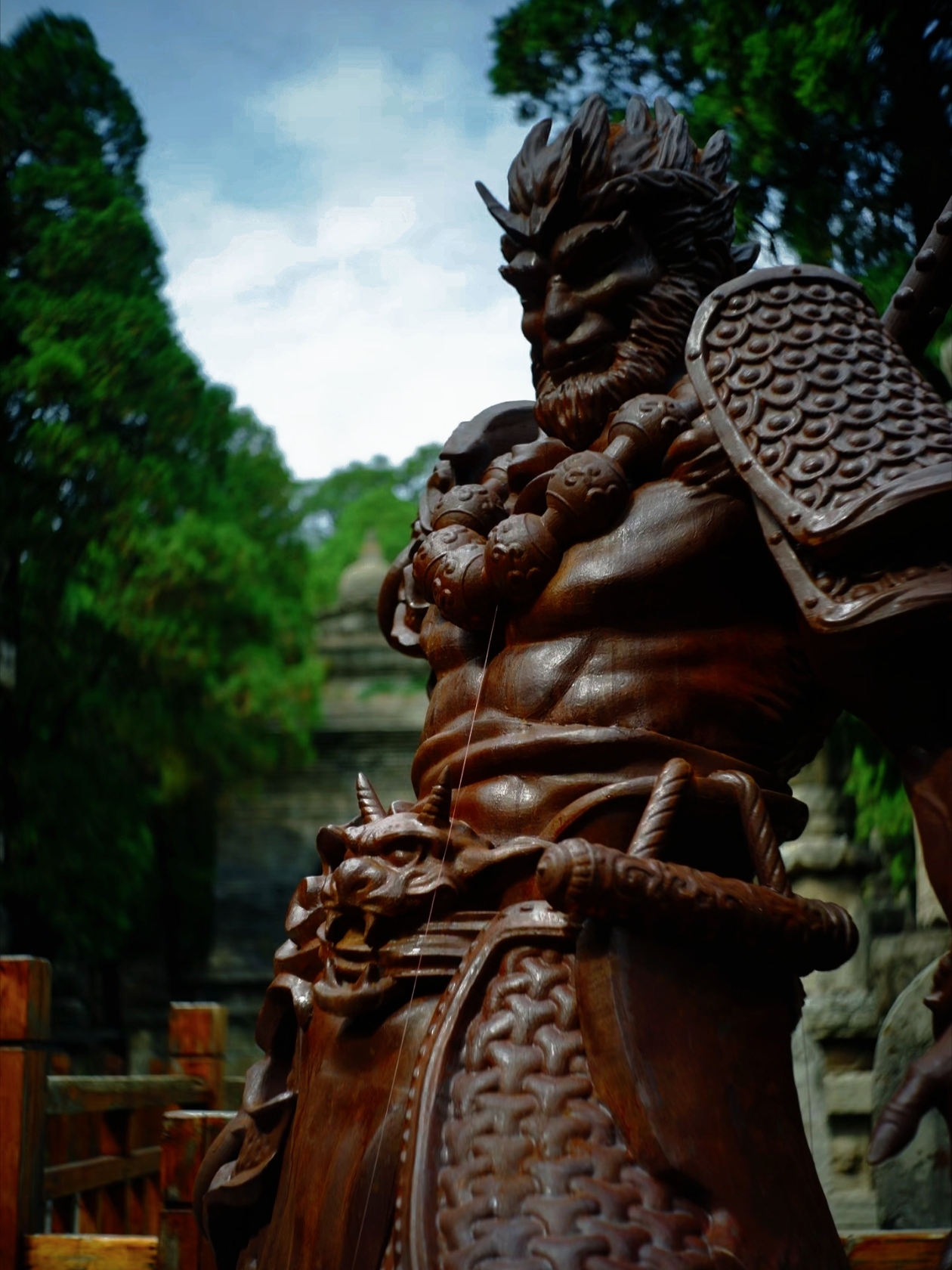 Xiaohongshu @Chan享*旅游~乐*摄影
Xiaohongshu @Chan享*旅游~乐*摄影
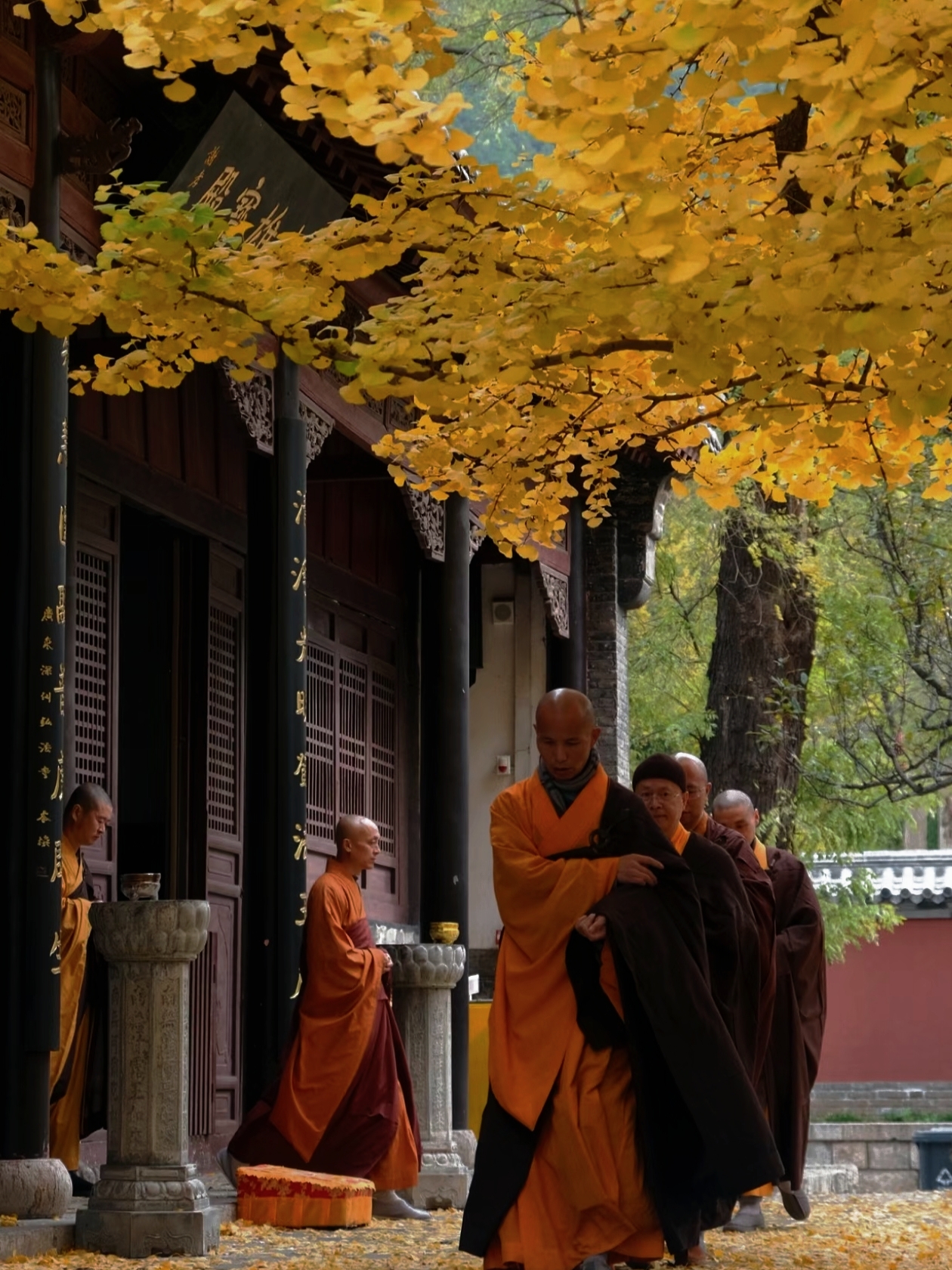 Xiaohongshu @不会武功的凹凸曼
Xiaohongshu @不会武功的凹凸曼
The Birthplace of a Legend
No journey following Wukong would be complete without a visit to Huaguo Mountain in Lianyungang, the legendary birthplace of the Monkey King himself. Revered for its connection to Journey to the West, this scenic area has surged in popularity alongside the release of Black Myth: Wukong. Here, visitors can hike the rugged terrain, explore ancient temples, and embrace the spirit of adventure that defines Wukong’s character.
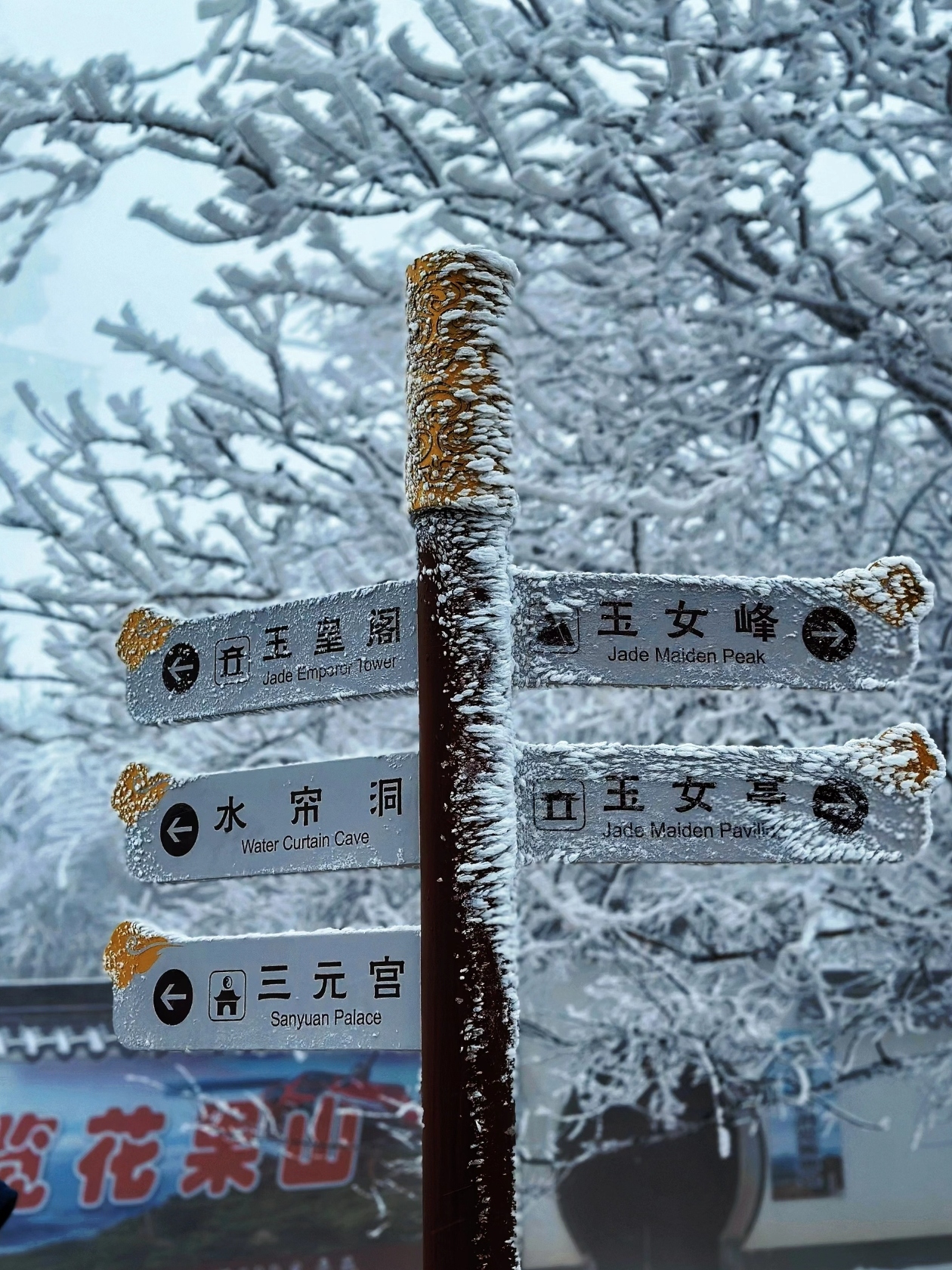
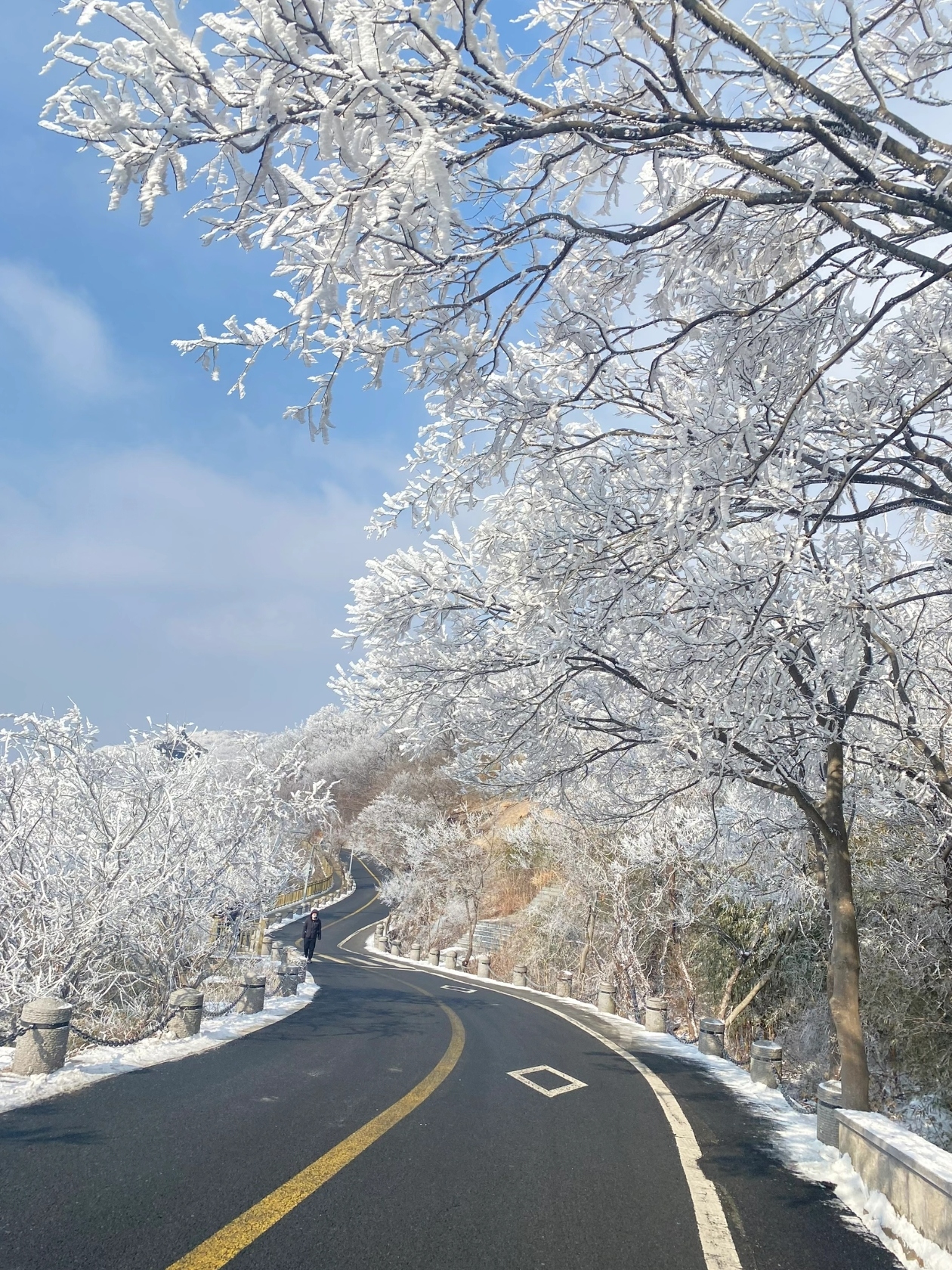
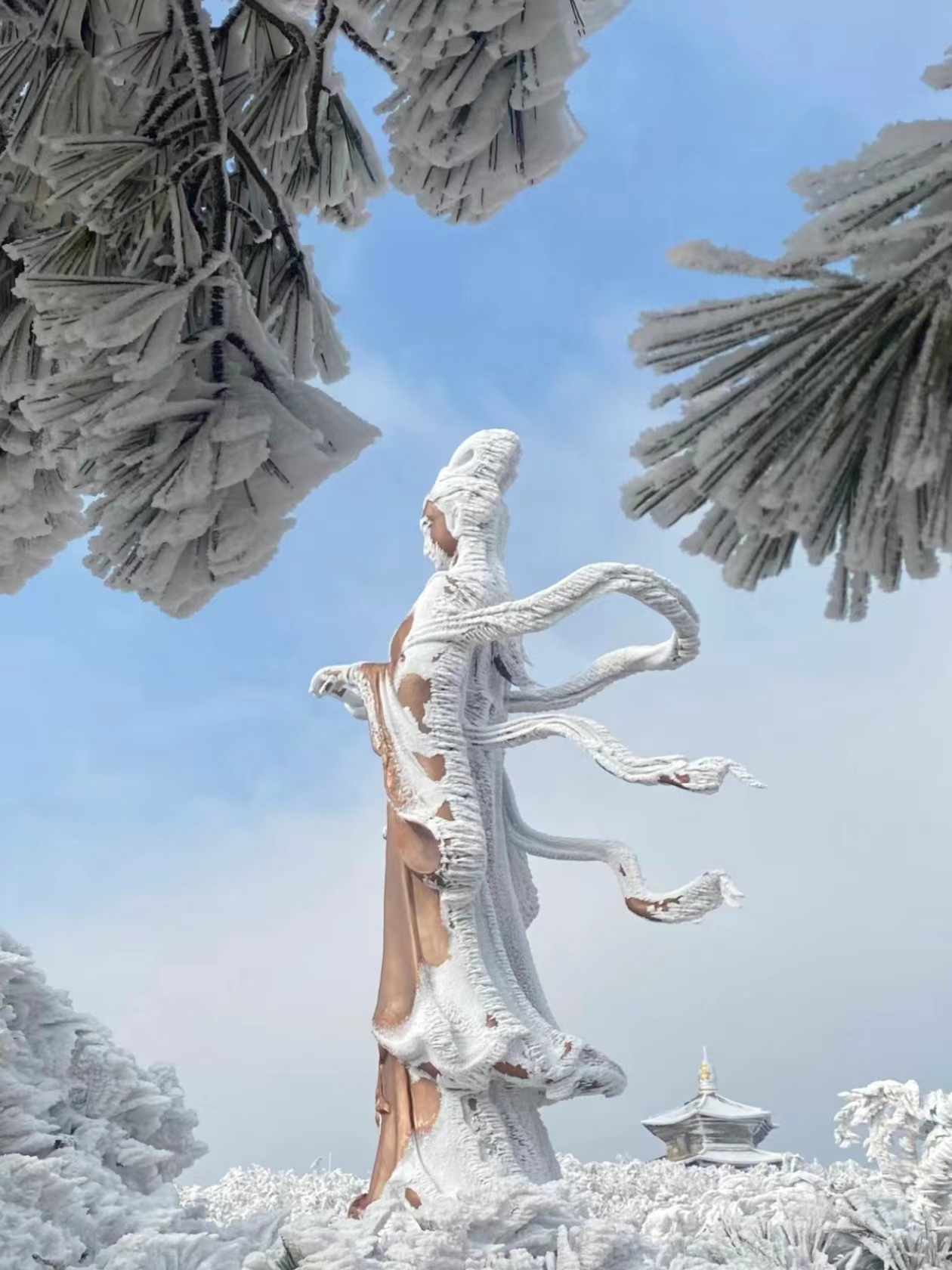 Xiaohongshu @小⭐@贝塔林
Xiaohongshu @小⭐@贝塔林
A Tapestry of Culture and Heritage
Beyond these primary locations, Black Myth: Wukong also draws inspiration from other iconic sites, including the Twin Pagodas of Kaiyuan Temple in Quanzhou and the Hanging Temple in Datong, both of which showcase the stunning architectural diversity of China. Each site not only enriches the game’s narrative, but also serves as a testament to the enduring legacy of Chinese culture.
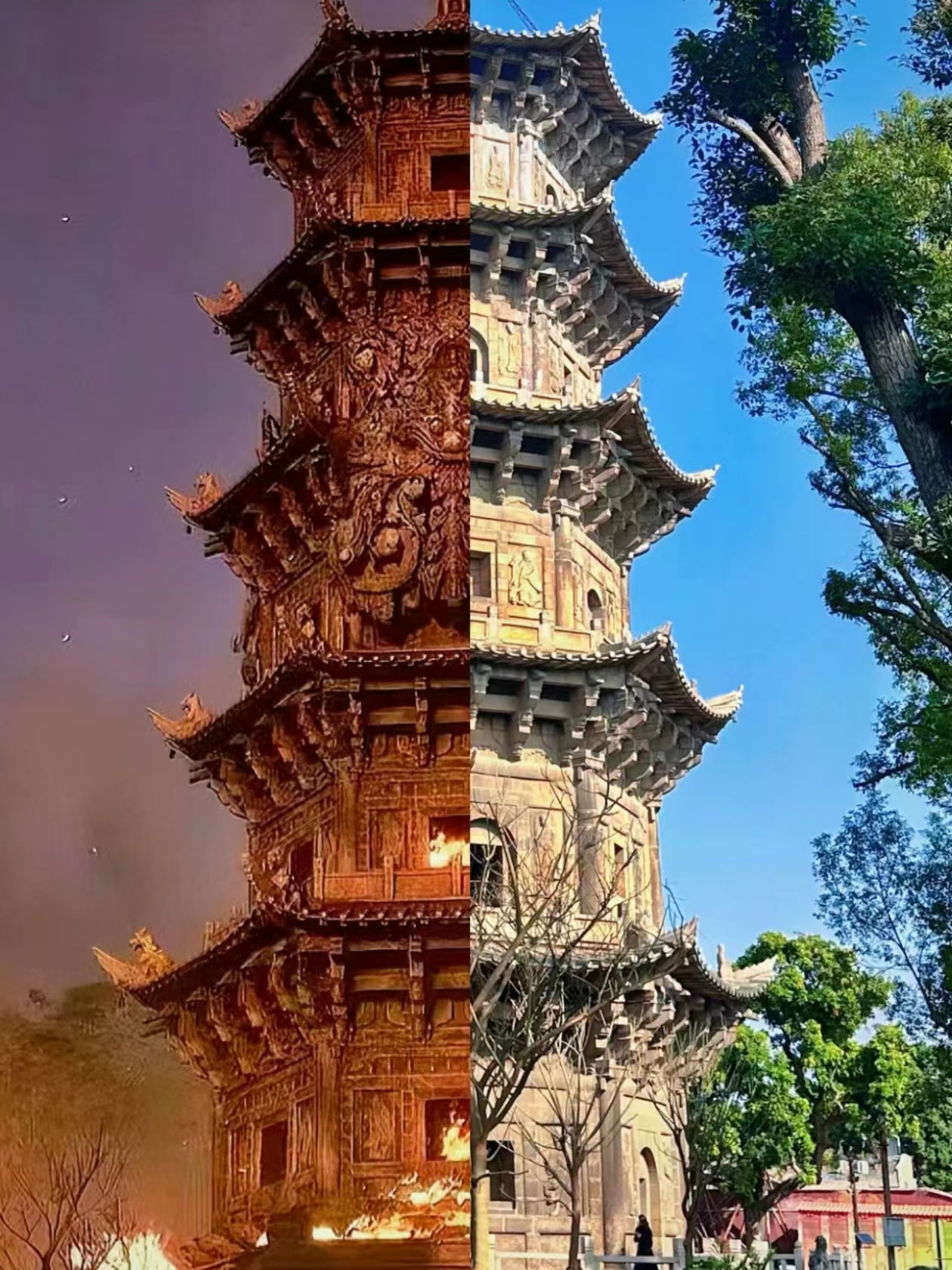 Xiaohongshu @雪梨的地球漫步💫
Xiaohongshu @雪梨的地球漫步💫
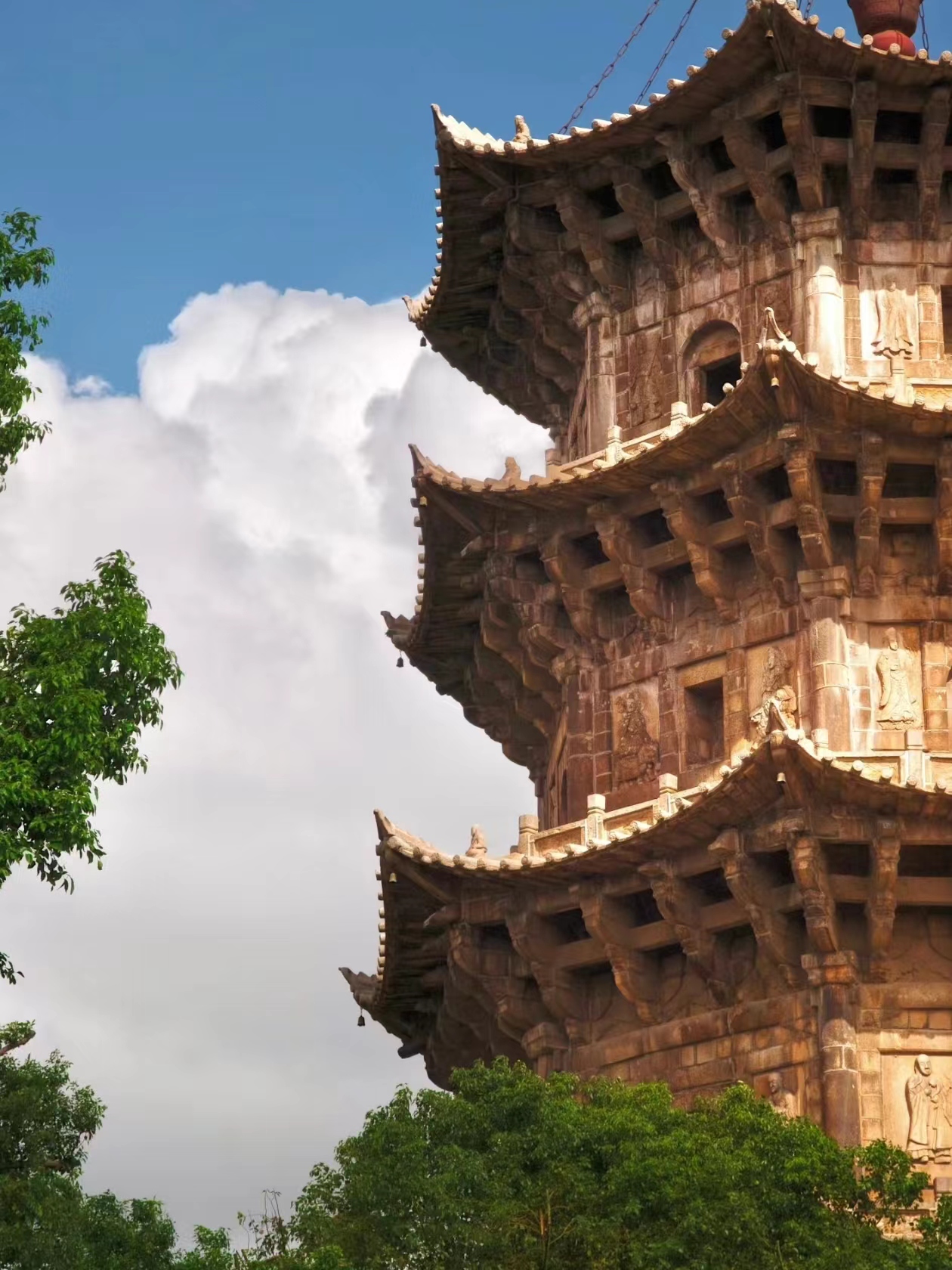
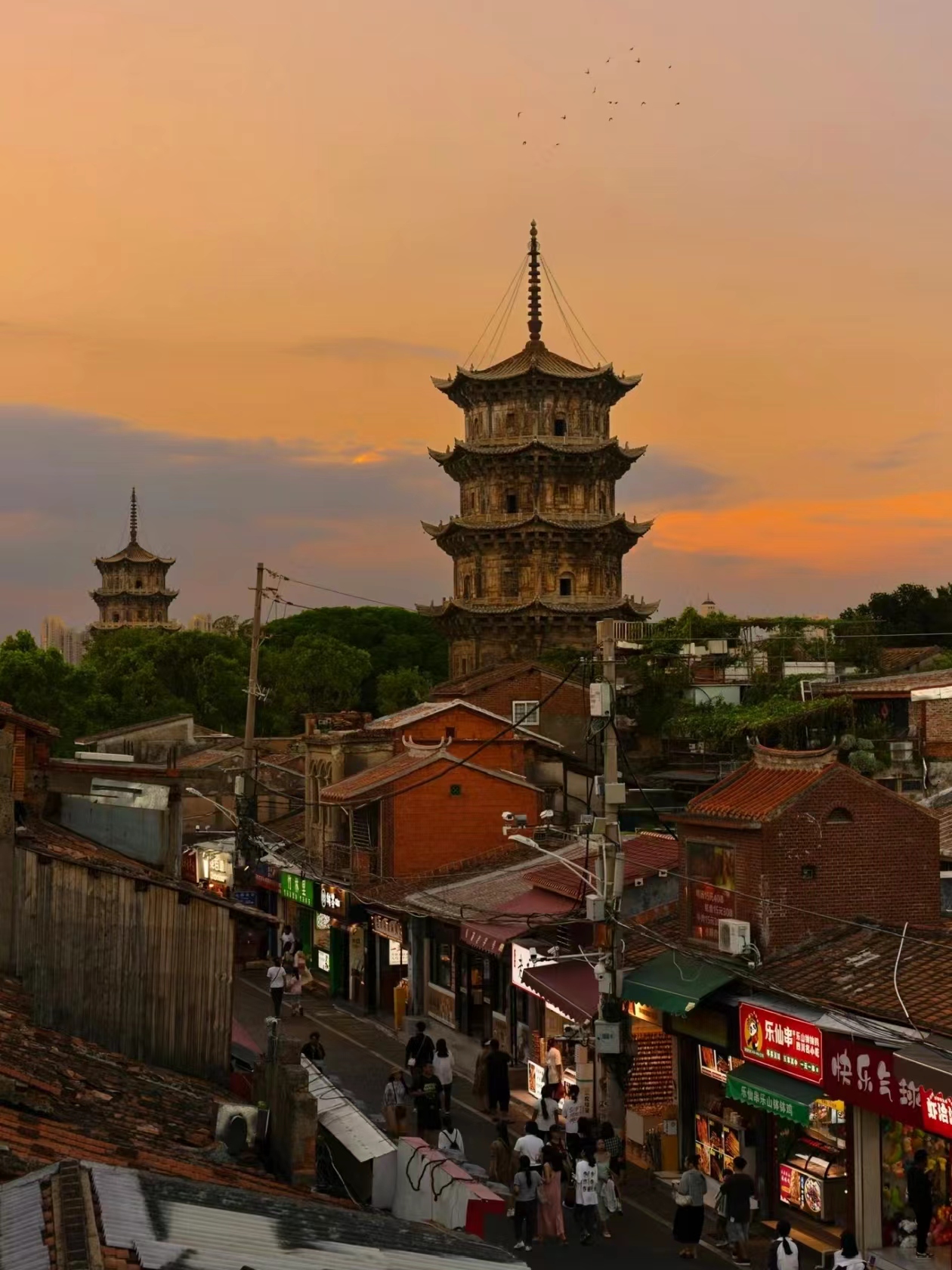
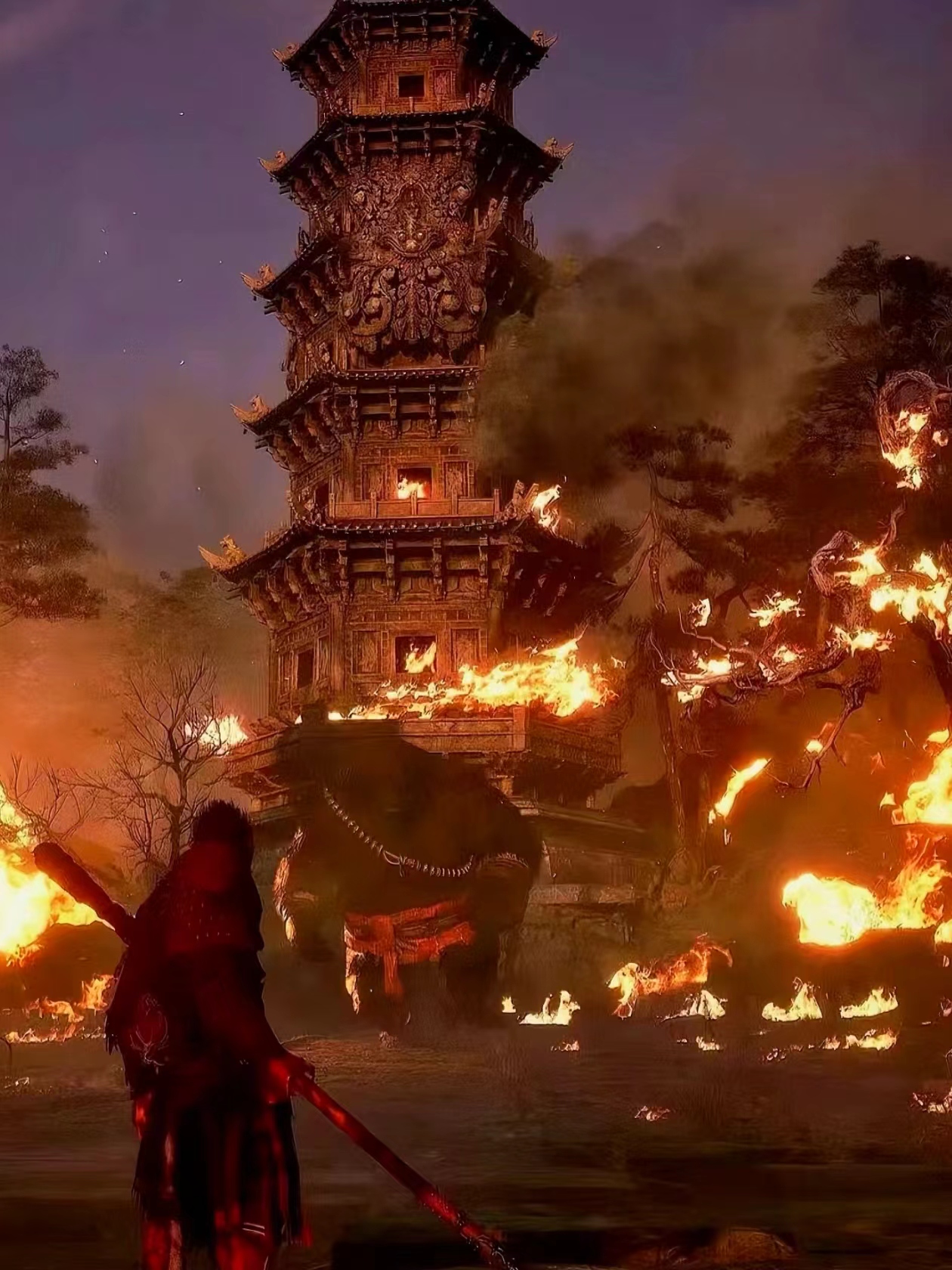 Xiaohongshu @LouisLee
Xiaohongshu @LouisLee
As you embark on this journey through the landscapes that inspired Black Myth: Wukong, you’ll find that each location offers a unique glimpse into the heart of Chinese mythology and history. From ancient temples to breathtaking sculptures, these sites invite you to step into a world where the past and present intertwine, allowing you to experience the magic of Wukong’s adventures in a way that transcends the digital realm.
So pack your bags, grab your camera, and prepare to follow in the footsteps of the Divine Monkey with us. Whether you seek spiritual enlightenment, historical insight, or simply the joy of exploration, this journey through China inspired by Black Myth: Wukong promises to be an unforgettable adventure that will resonate long after the final destination is reached.
Contact us for more information!


